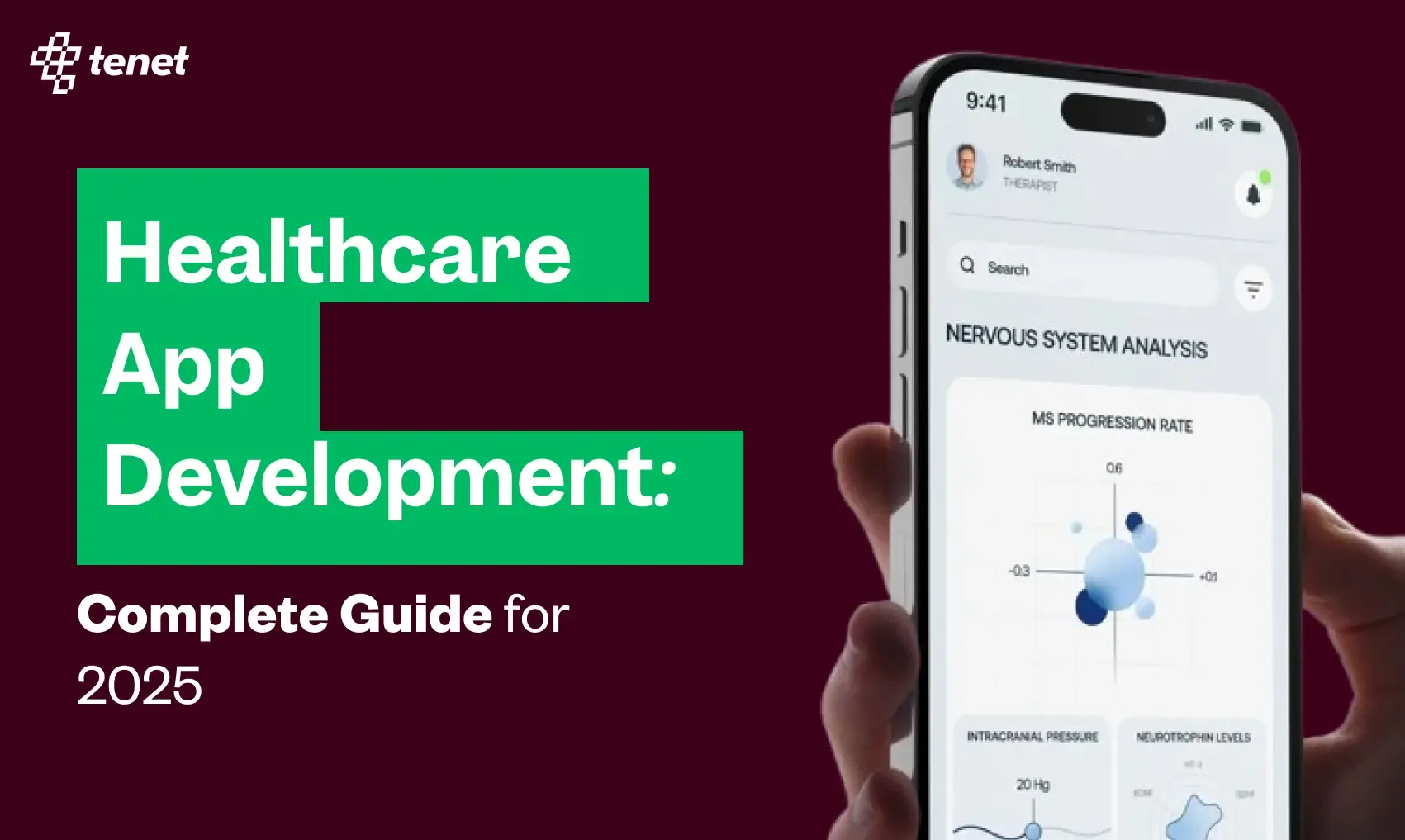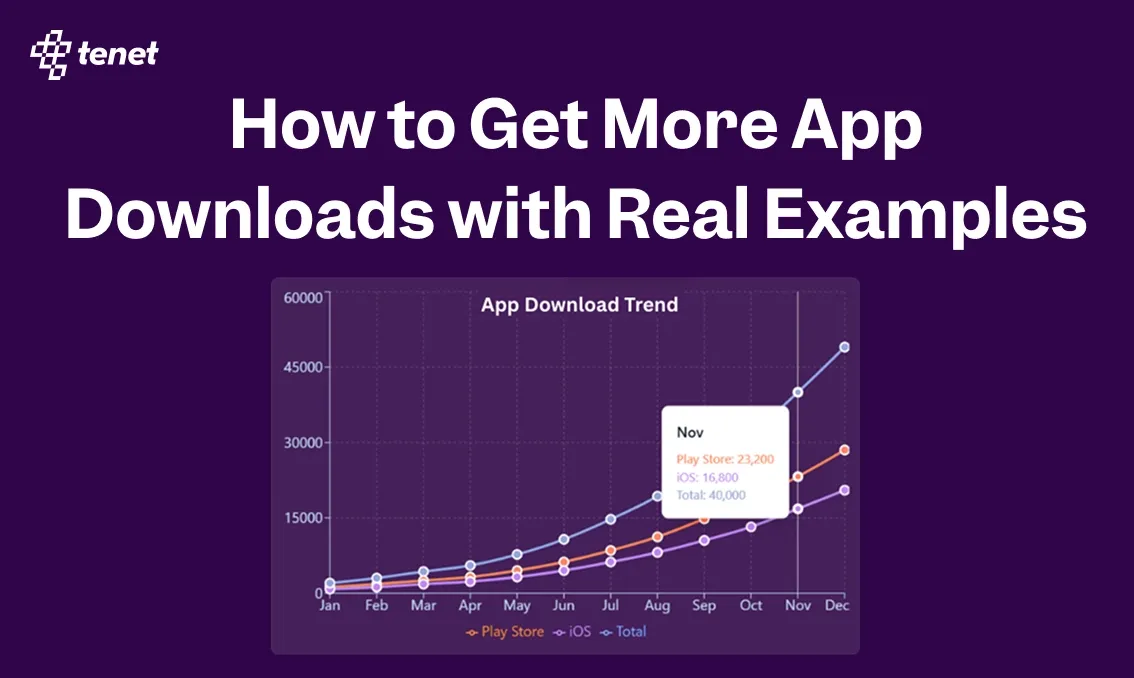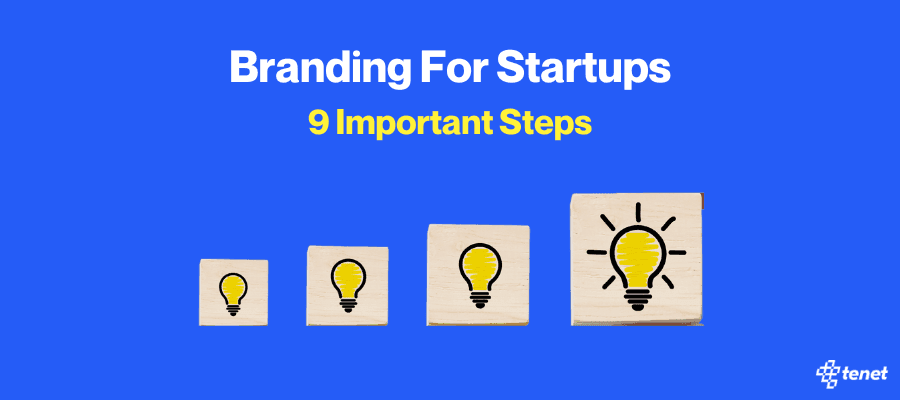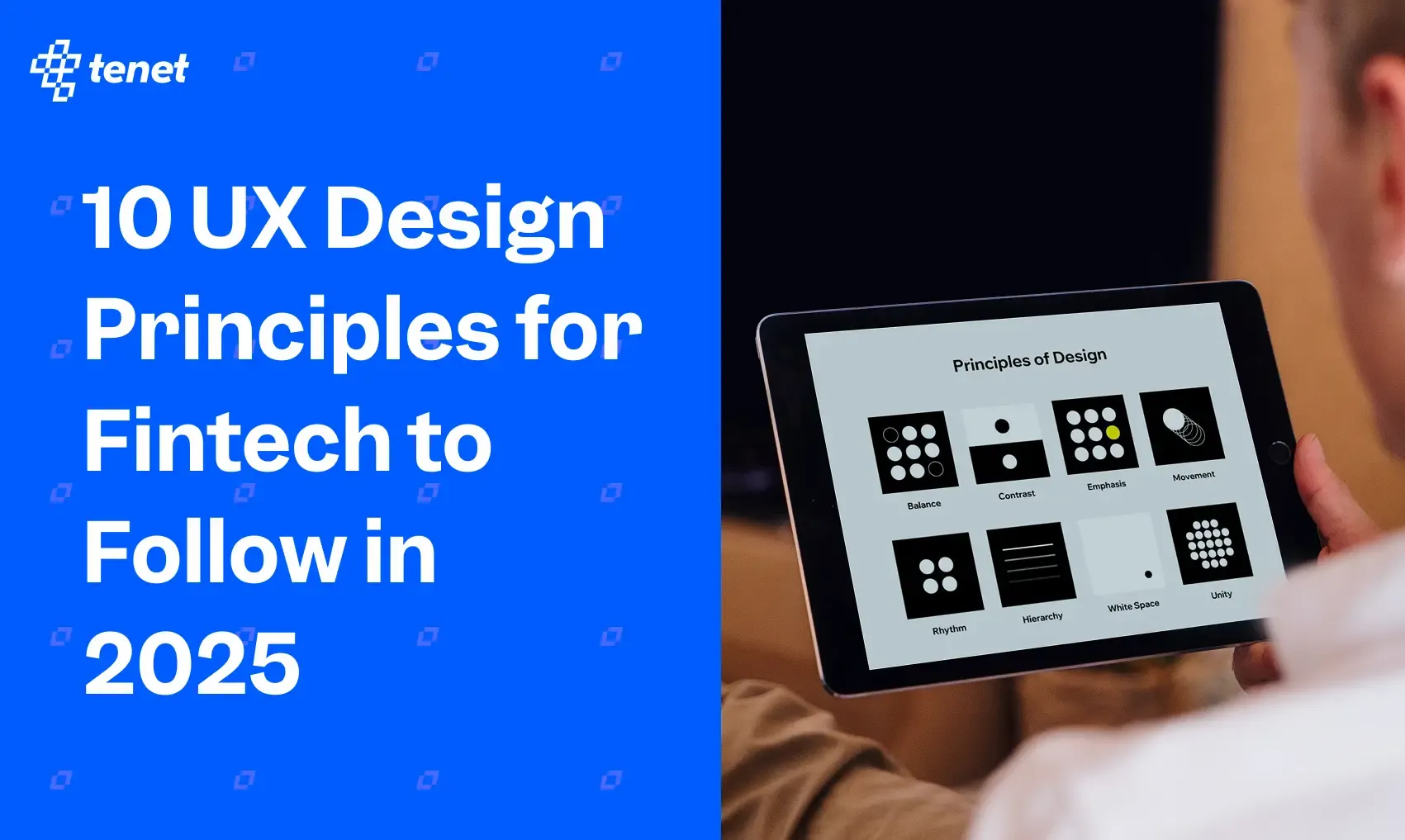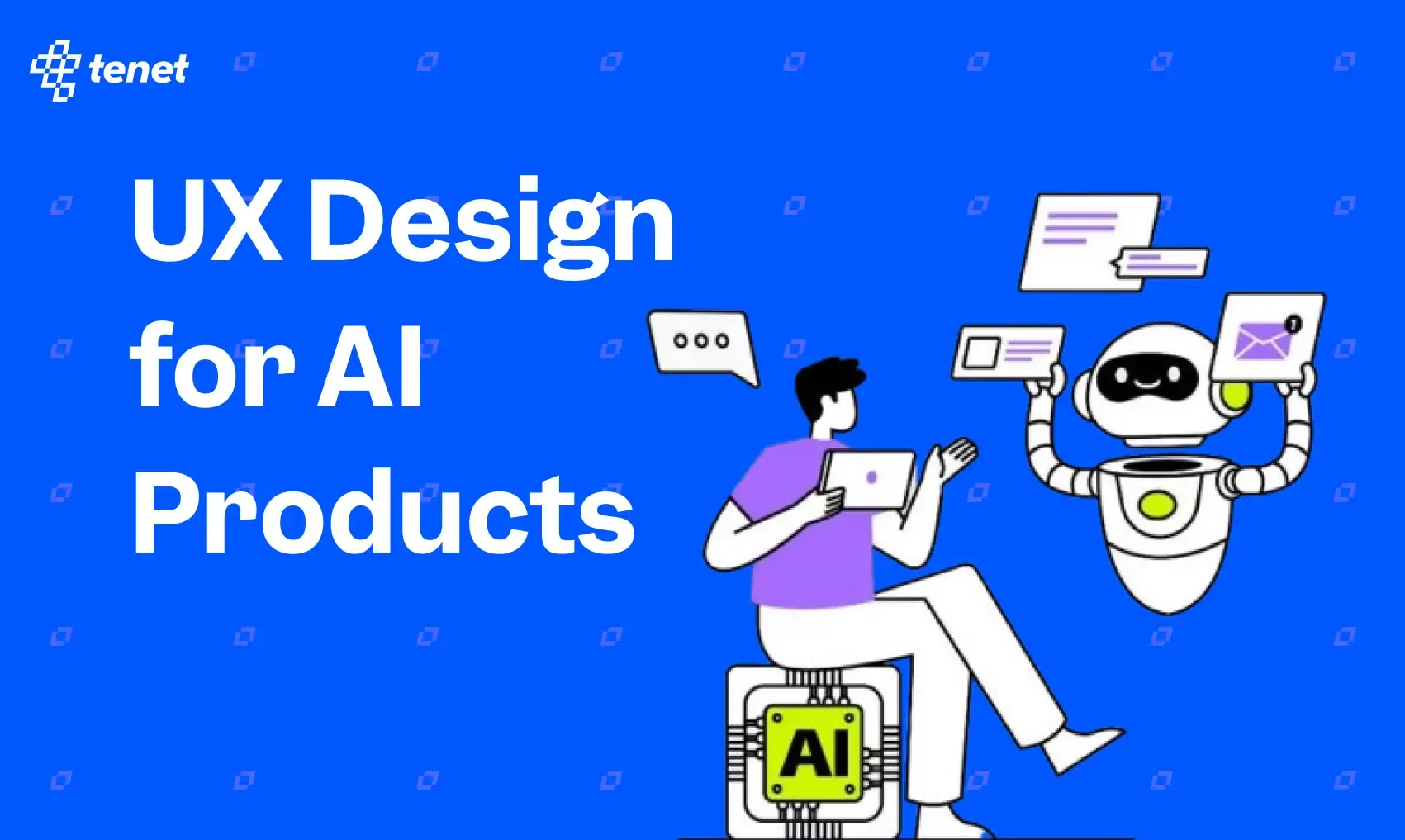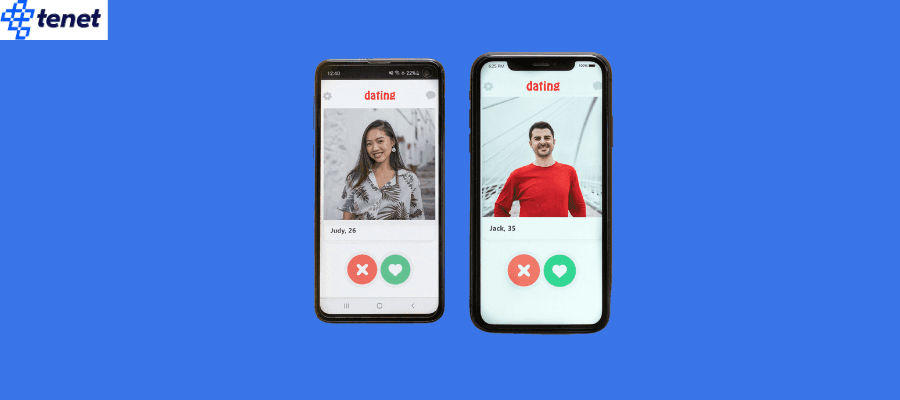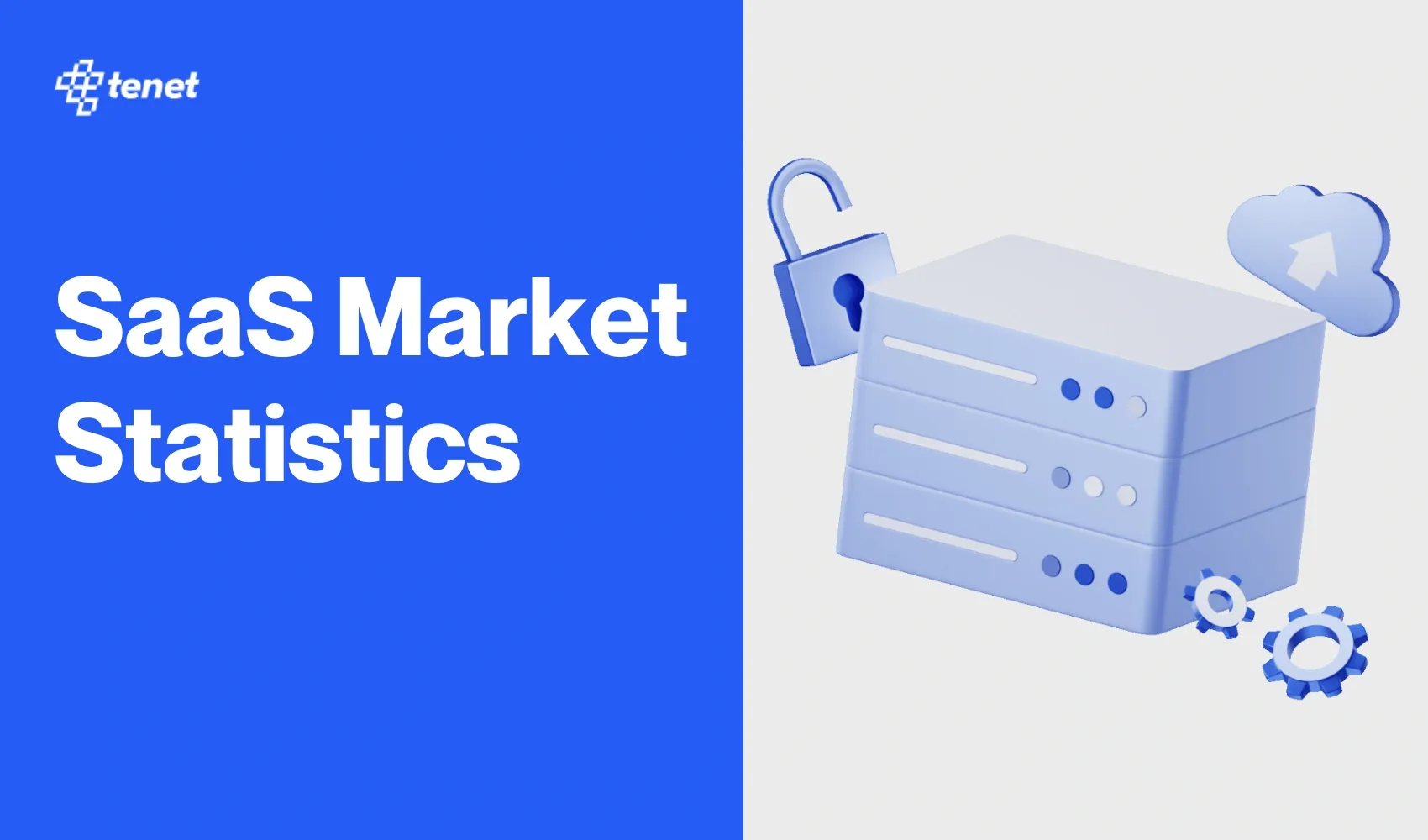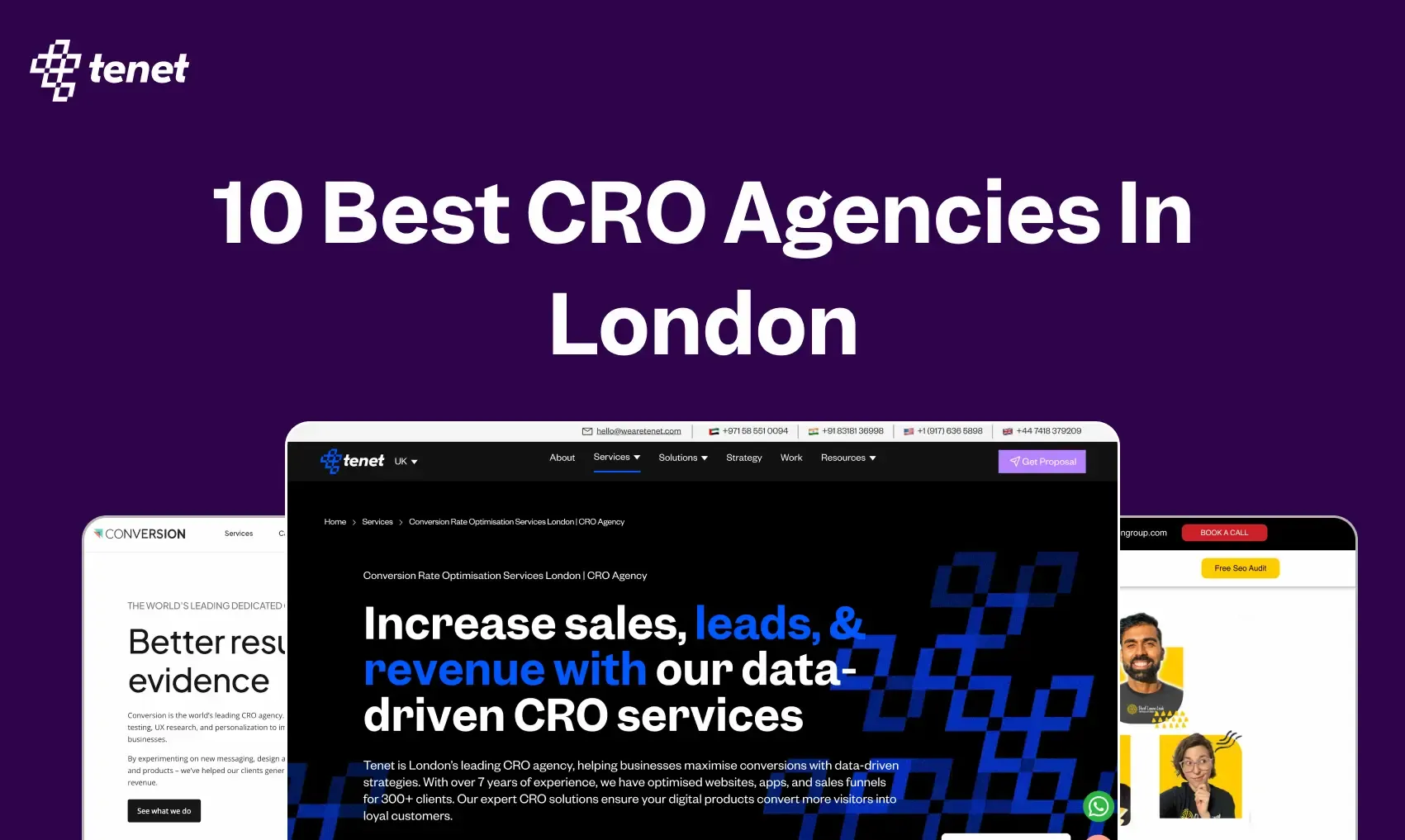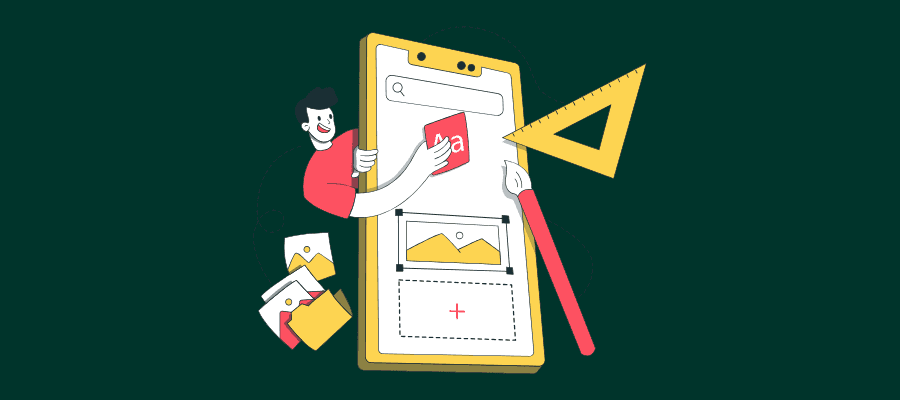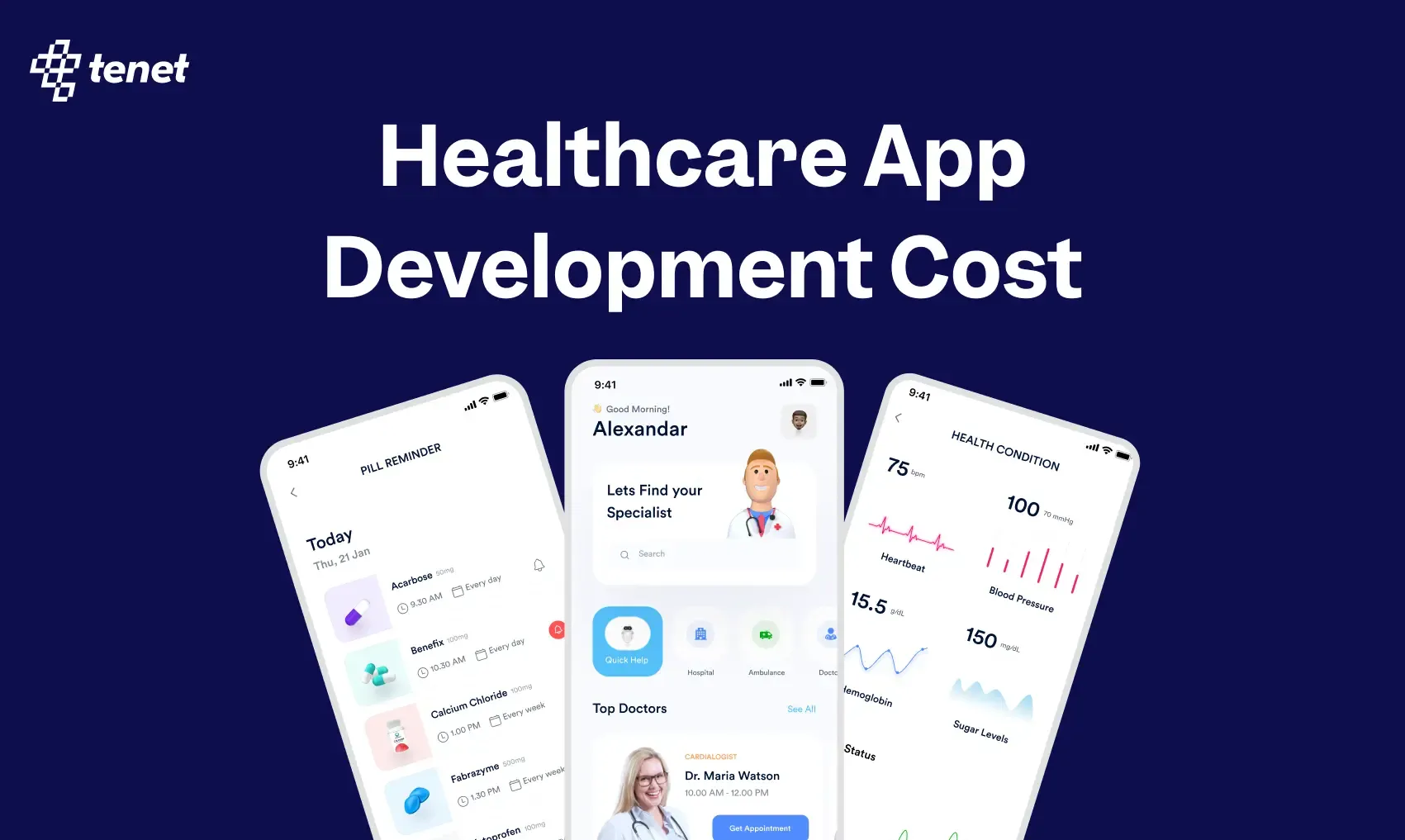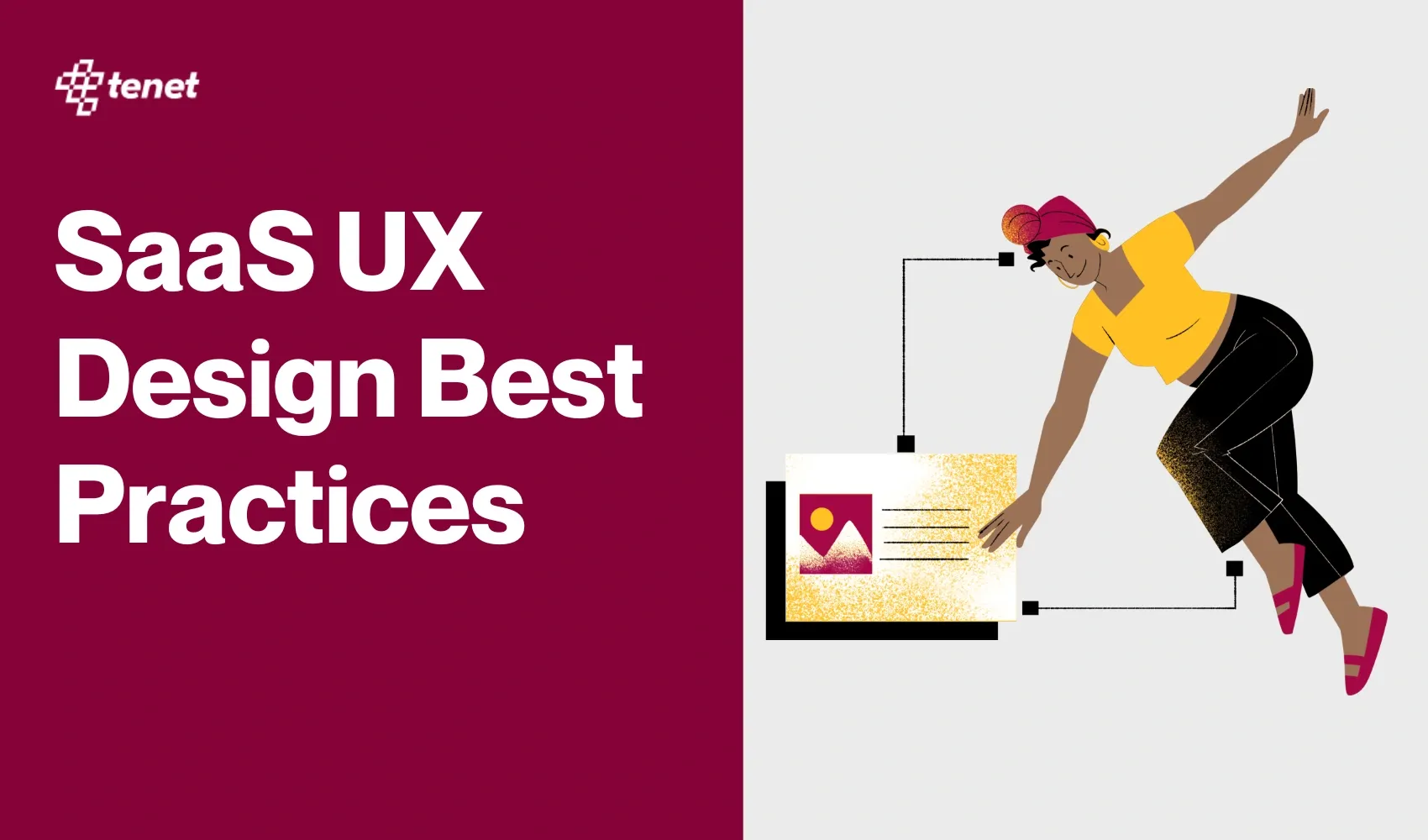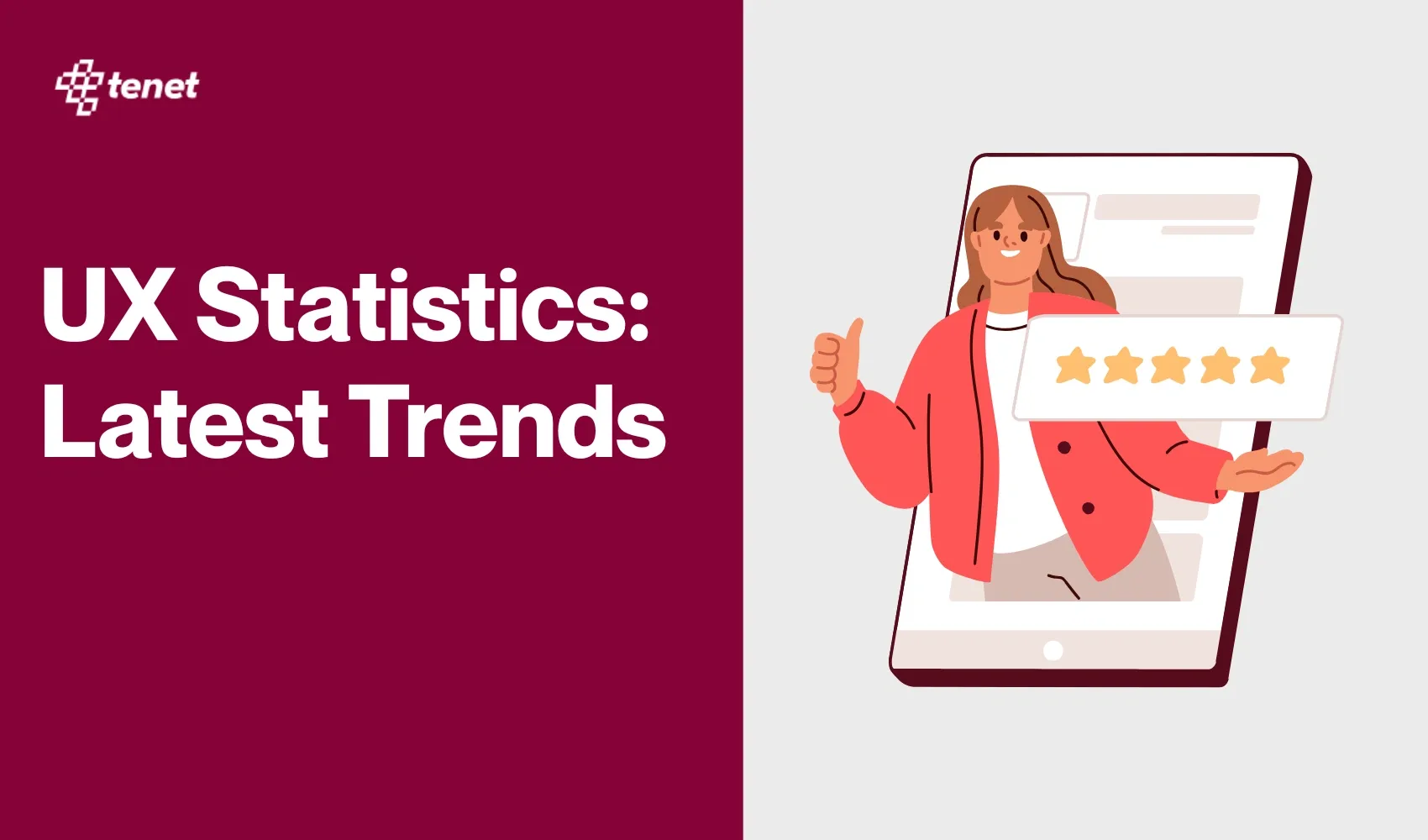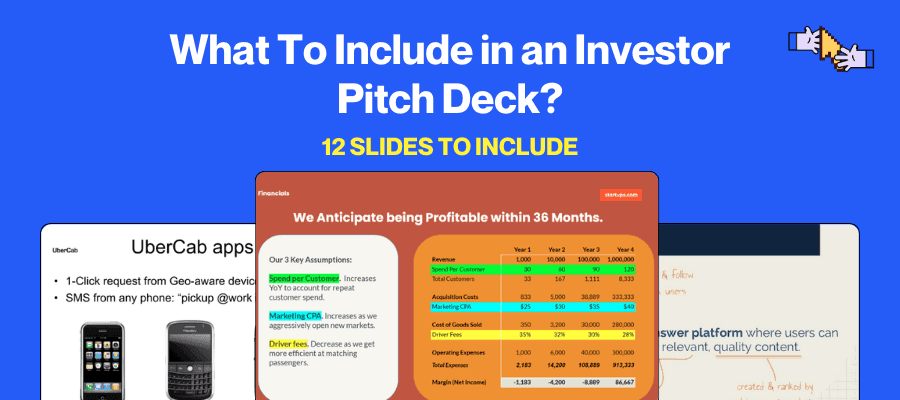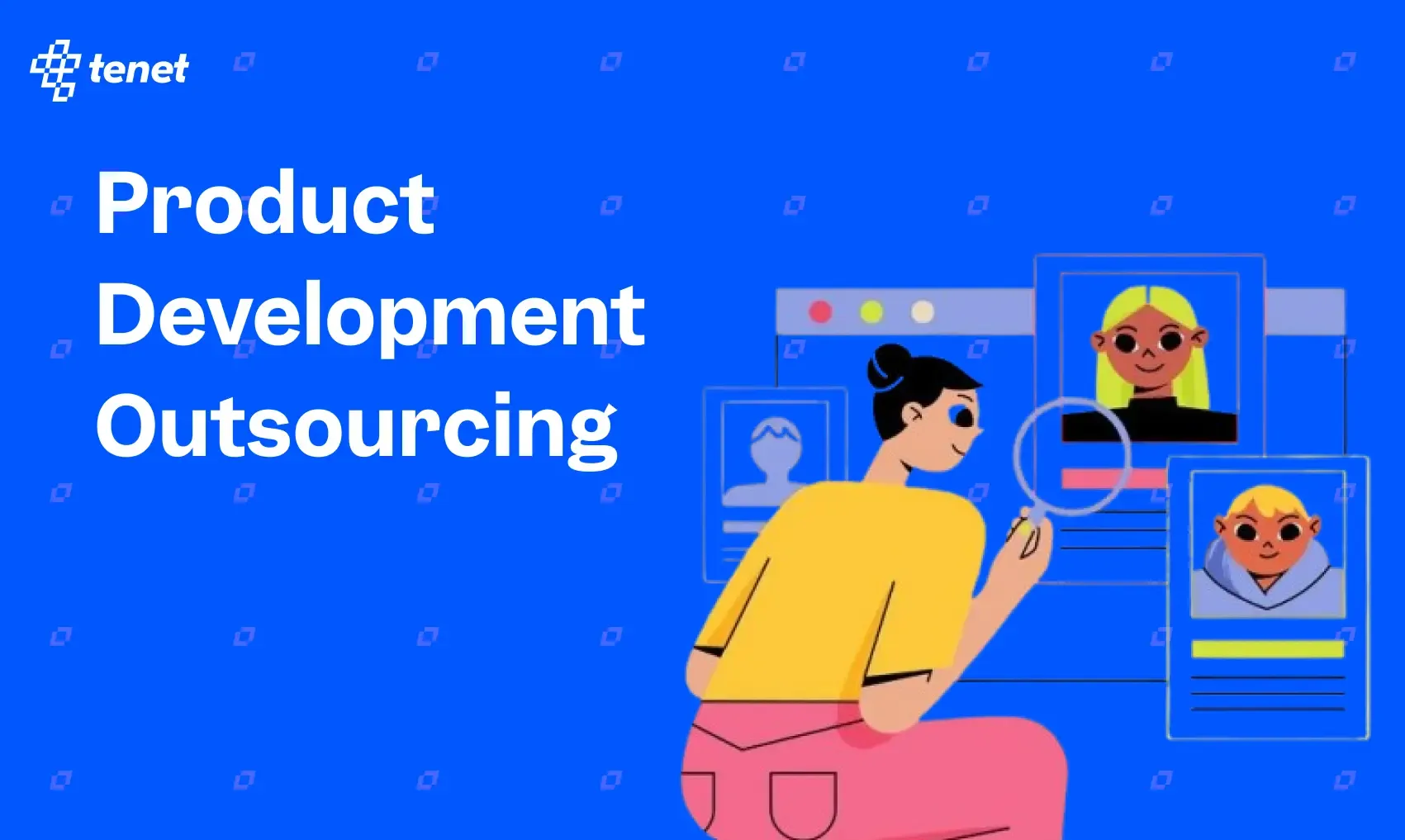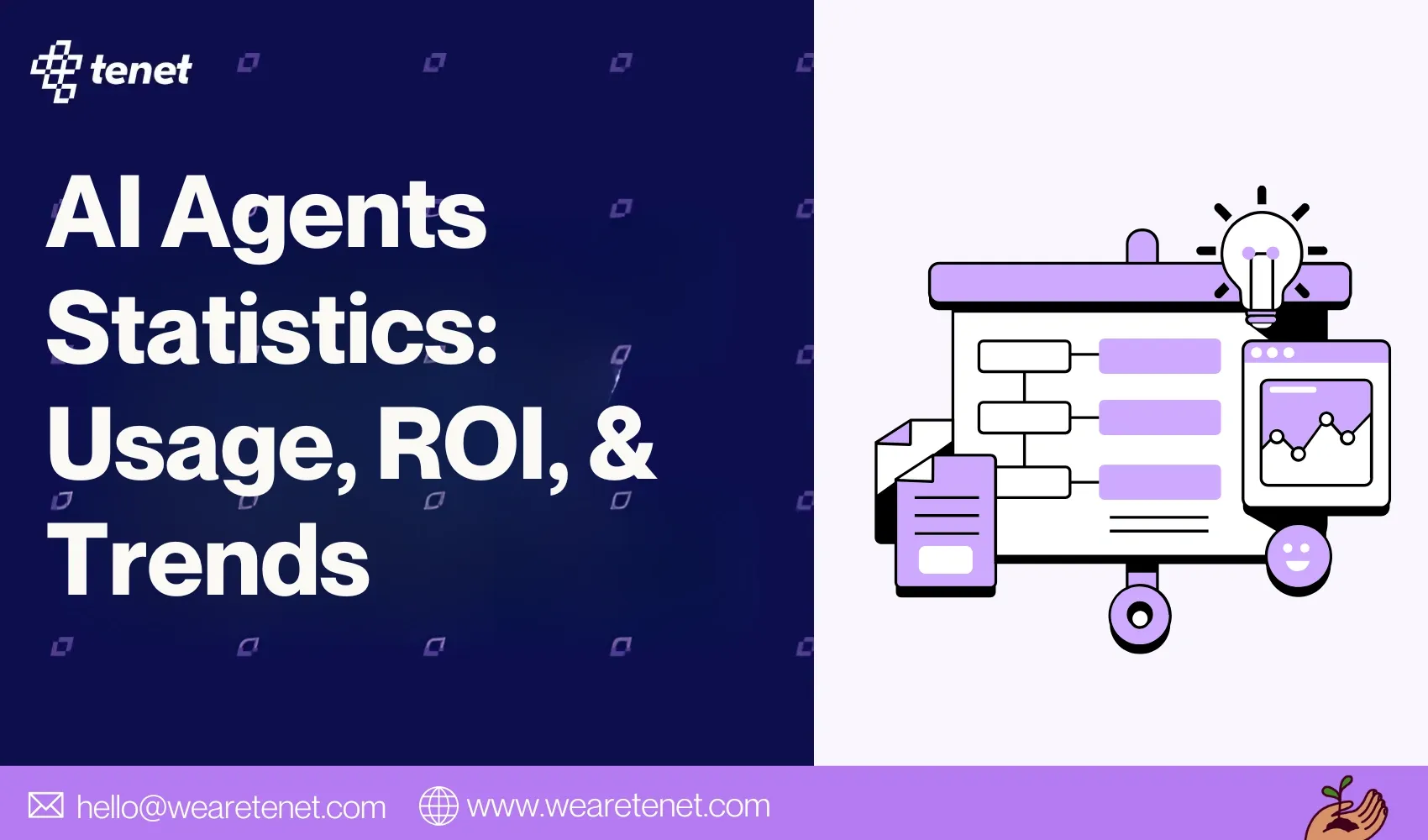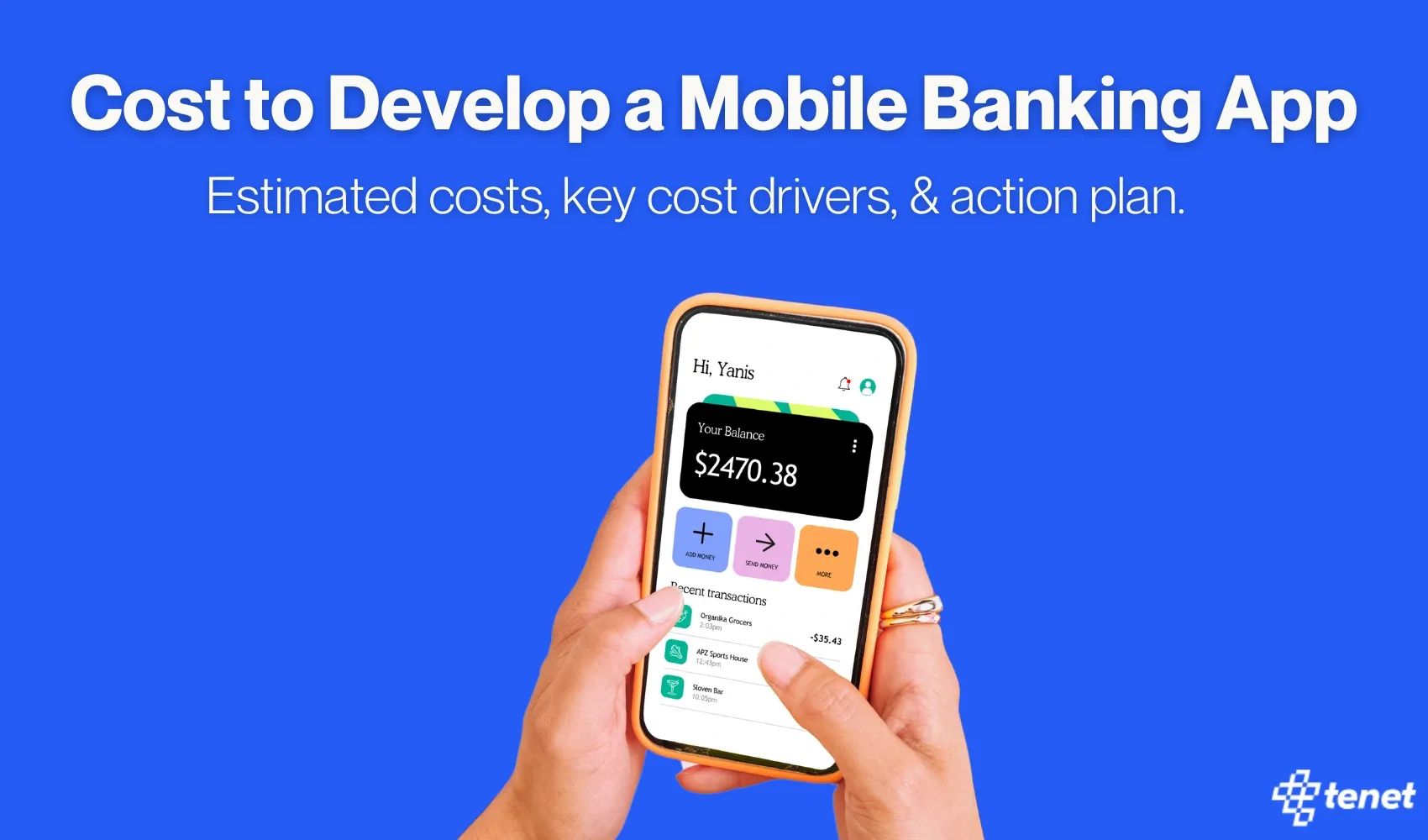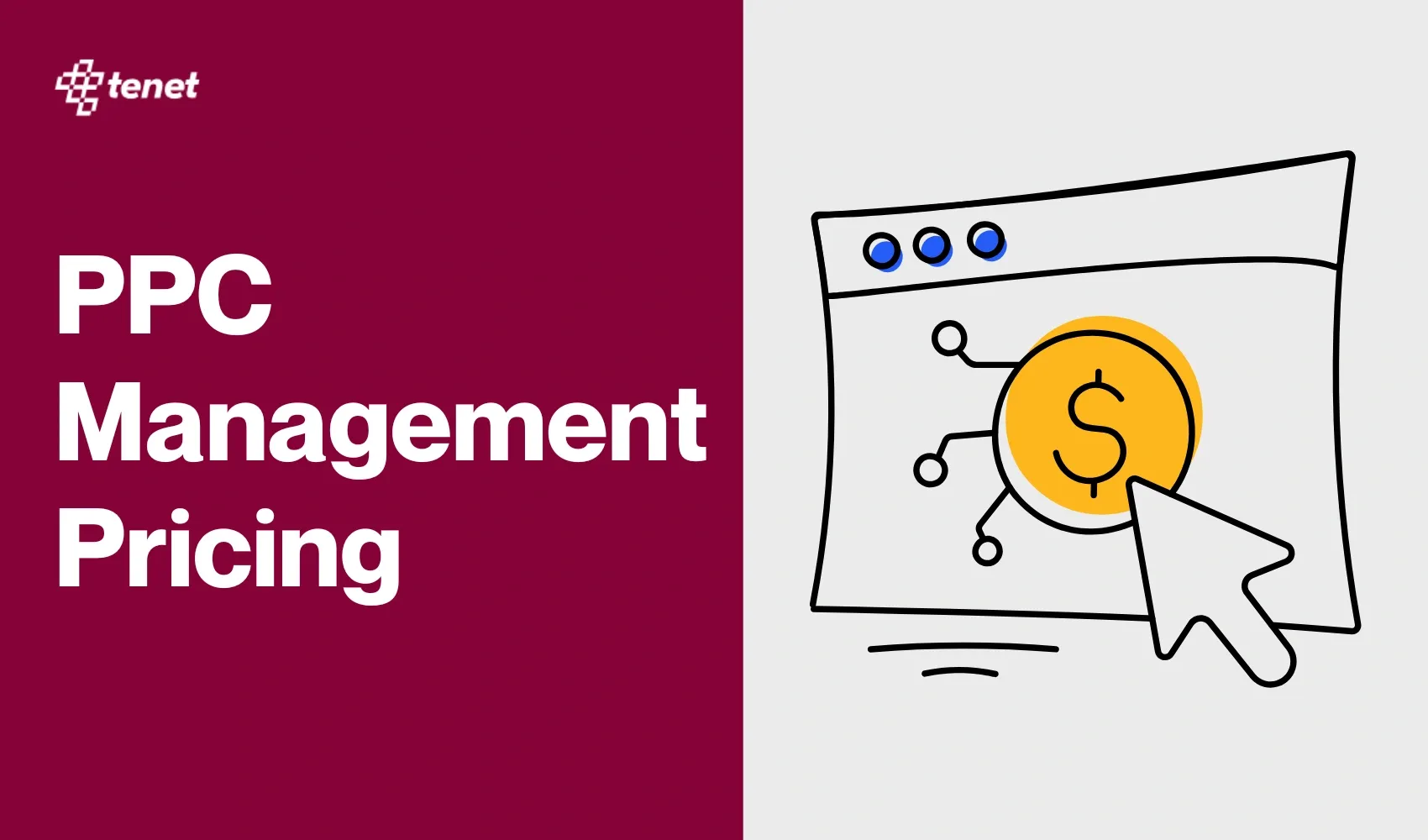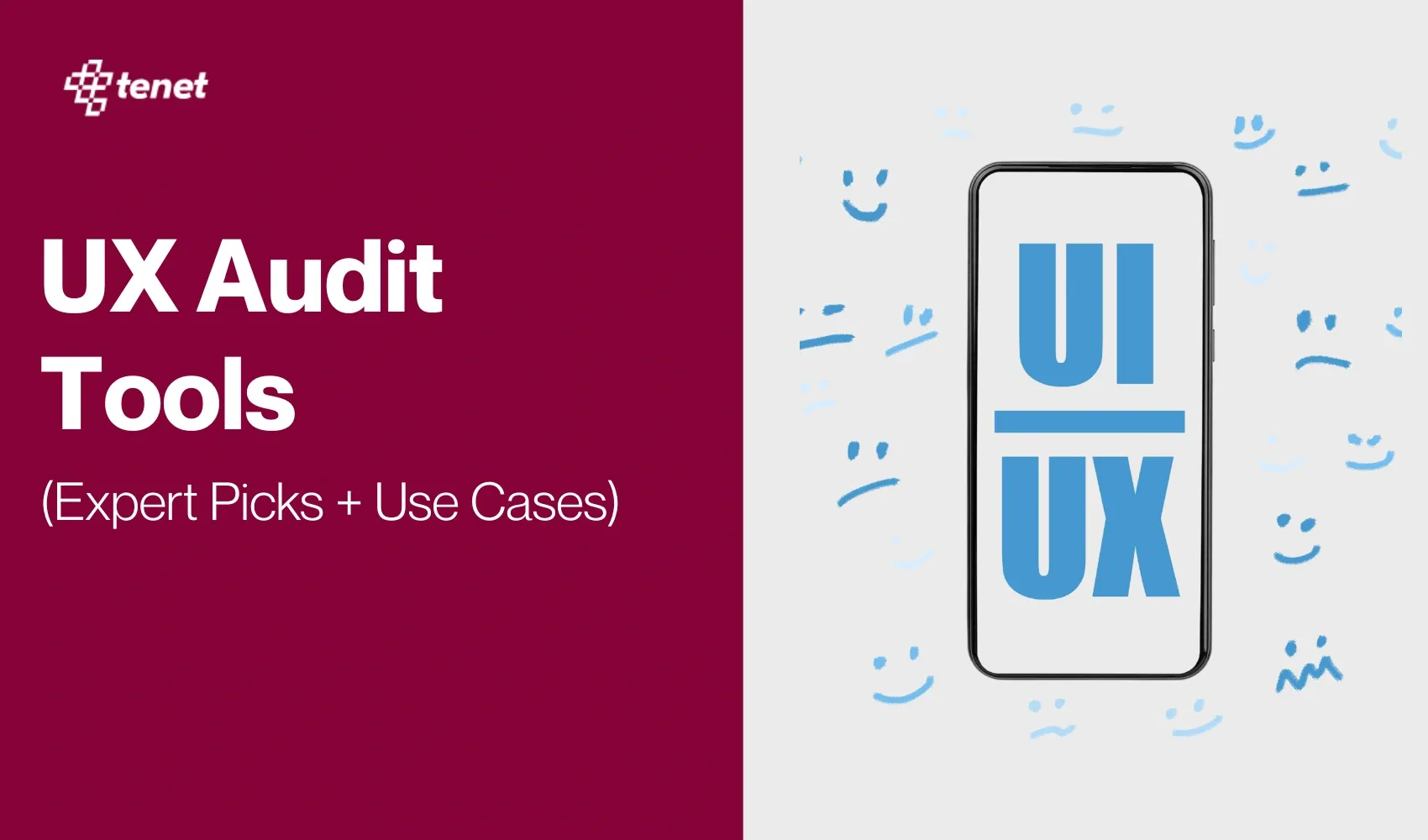Ecommerce App Development Cost in the UK
Share
Share
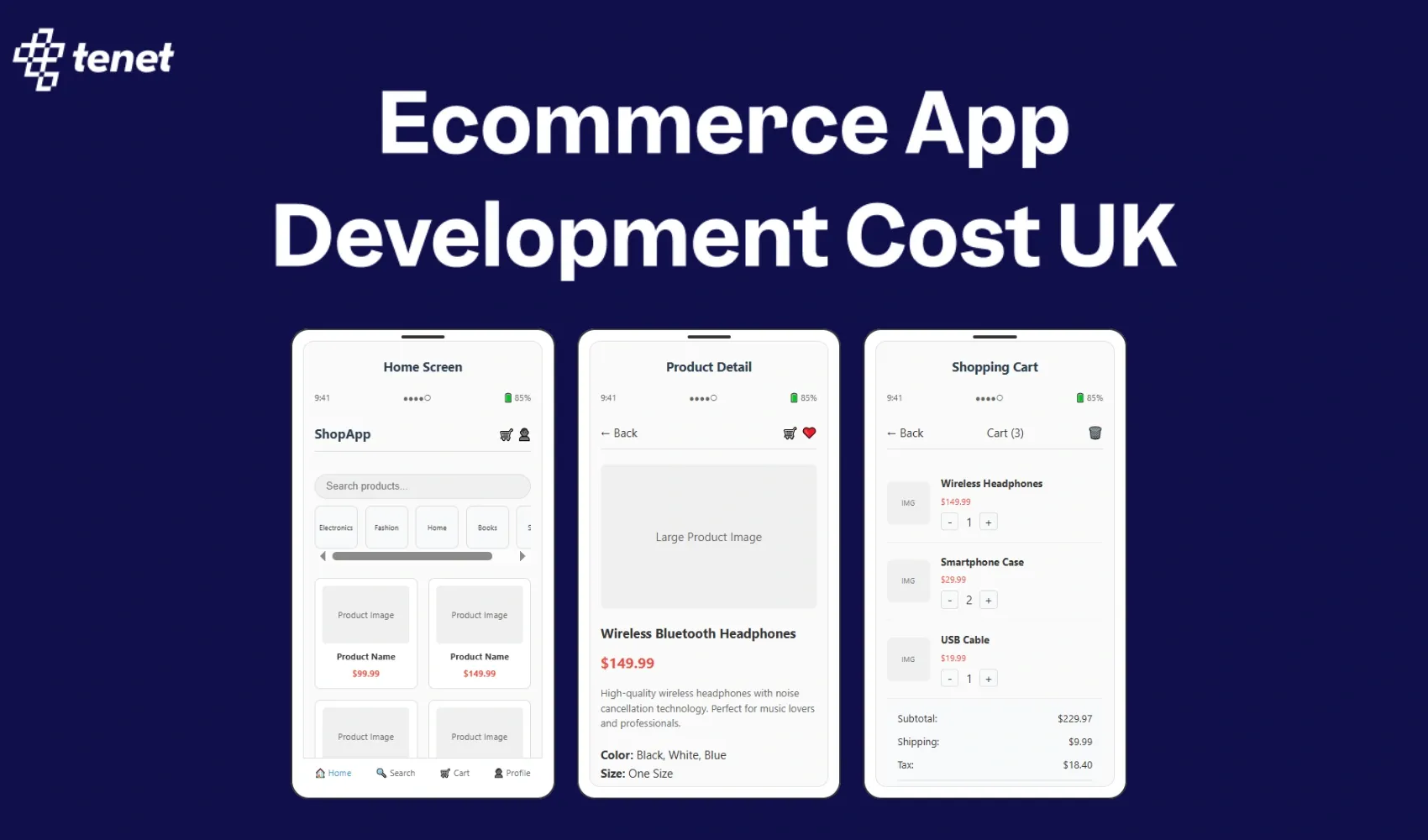
Get a quick blog summary with
Building an ecommerce app in the UK in 2025? Costs range from £25,000 for basic apps to over £200,000 for complex, feature-rich platforms.
Without clear planning, unexpected expenses can derail your launch. Features like AI, multi-vendor support, or custom dashboards quickly raise the price, and testing across devices adds more.
This guide breaks down development costs by platforms such as Android, iOS, and desktop. Whether launching a simple MVP or a scalable marketplace, you'll get a transparent view of what to expect and how to budget effectively.
Let’s explore what drives ecommerce app costs and how to build smart from day one.
How much does it cost to develop an ecommerce app in the UK in 2025?
In 2025, the cost to develop an ecommerce app in the UK ranges from £25,000 for a basic version to over £200,000 for complex solutions. Simple apps with standard features may start around £30,000, while high-end platforms with AI, multi-vendor support, or advanced analytics often exceed £150,000.
Ecommerce Android app development cost
Developing an Android e-commerce app in the UK costs around £25,000 to £80,000. This is ideal for early-stage brands launching a mobile MVP. Costs remain moderate due to flexible publishing on Google Play and the availability of a large pool of Android developers.
However, testing becomes expensive due to Android's wide range of screen sizes and OS versions. Teams often use tools like Firebase or Kotlin Multiplatform to manage this efficiently.
Here’s the Android Ecommerce app development cost breakdown:
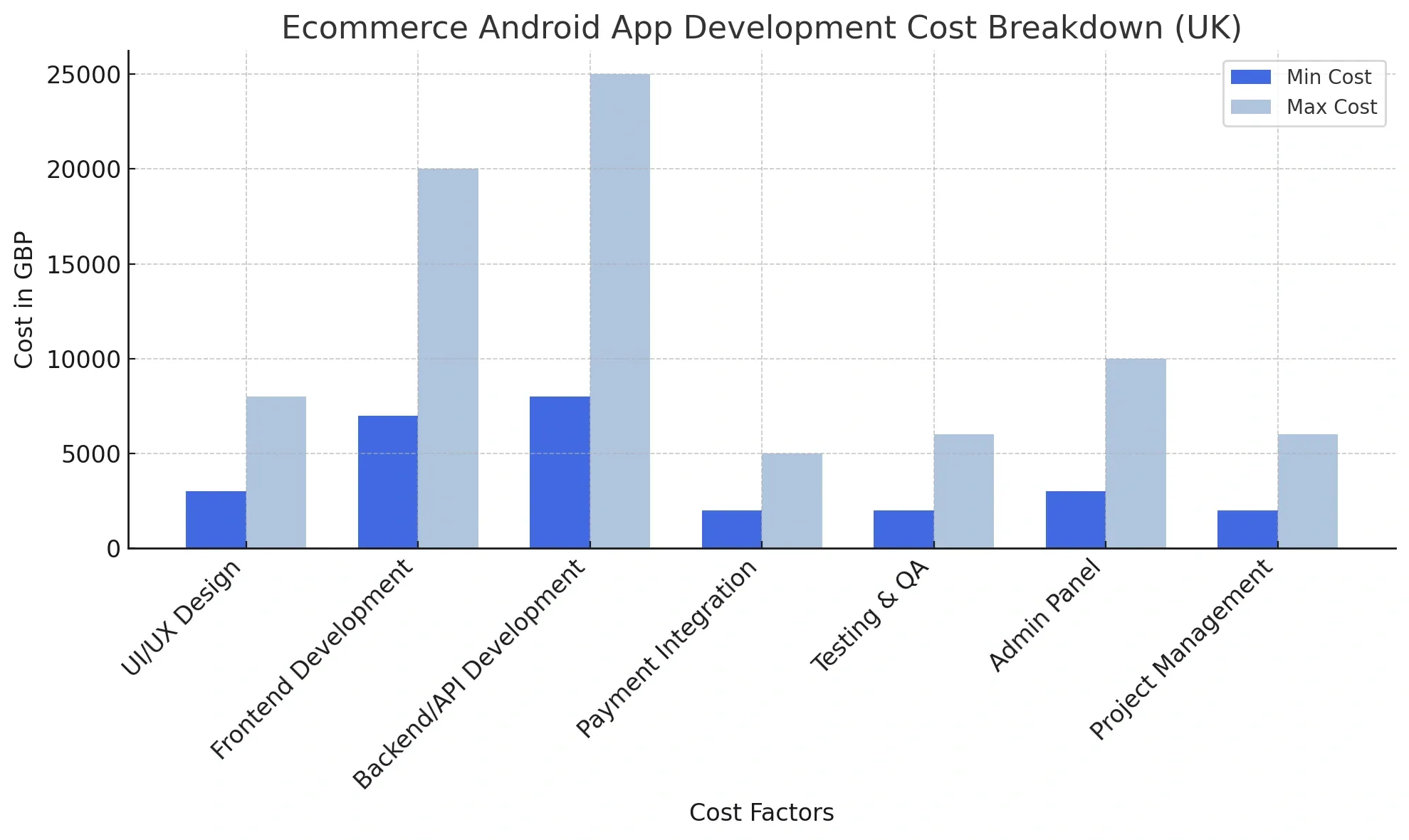
👉 Related Ecommerce resources:
- Ecommerce CRO Audit: A complete guide with a checklist
- What to Include in Your Ecommerce Product Page?
Ecommerce iOS App Development Cost
The average cost to develop an iOS ecommerce app in the UK is £30,000 to £90,000. iOS users typically have higher purchasing power, which makes the platform attractive for luxury or lifestyle brands. Apple’s design and security standards are stricter, which increases QA and approval timelines. But these quality benchmarks also result in fewer post-launch bugs and higher user satisfaction.
Here’s the iOS Ecommerce app development cost breakdown:
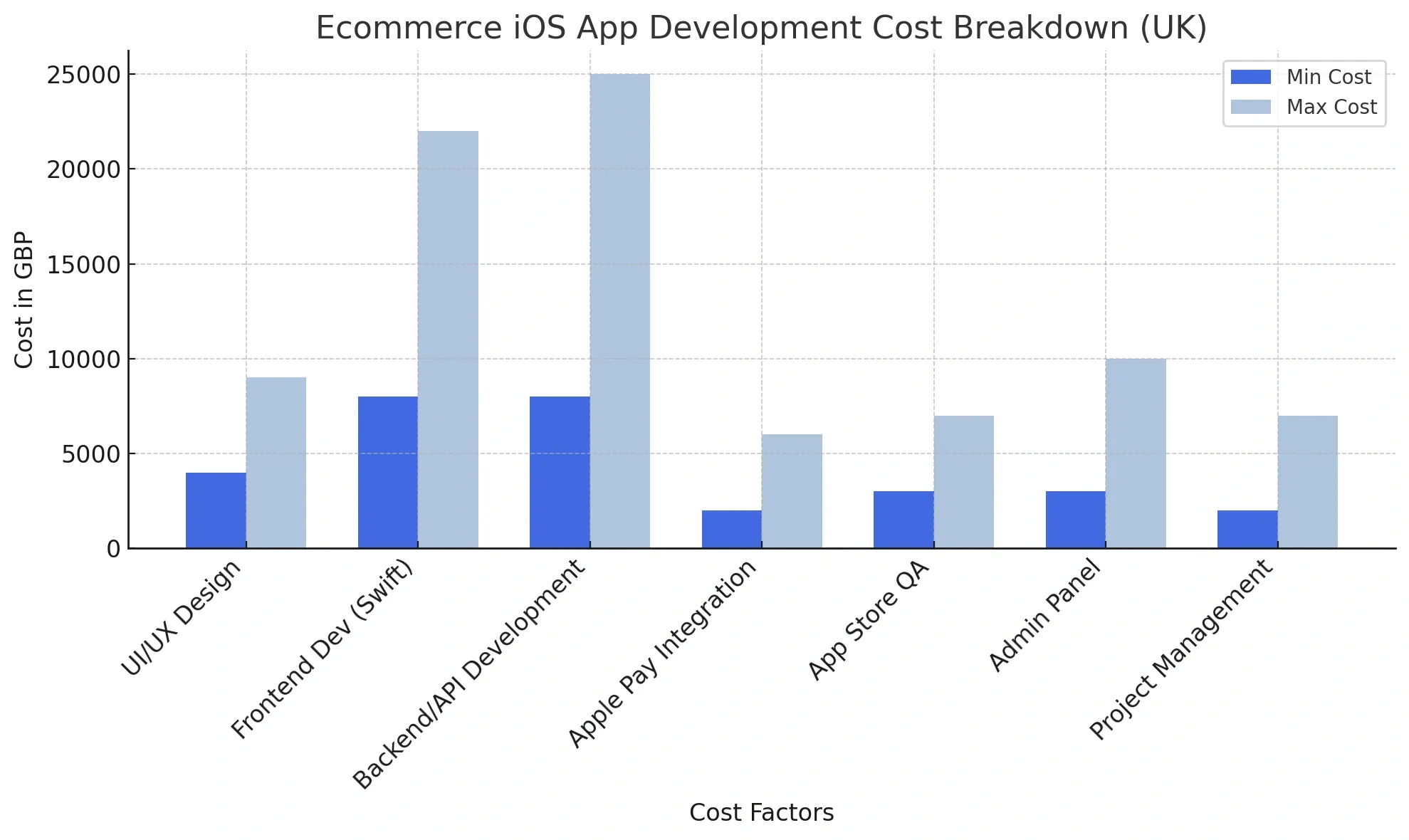
Ecommerce Desktop App Development Cost
Developing a desktop e-commerce app in the UK ranges from £35,000 to £100,000. This is typically for B2B platforms, SaaS-enabled marketplaces, or admin-heavy portals. Costs are higher due to features like user management, advanced dashboards, and data security layers. Web-first frameworks like React or Angular are common for the frontend, while scalable backends like Node.js or Django handle complex workflows.
Here’s the desktop Ecommerce app development cost breakdown:
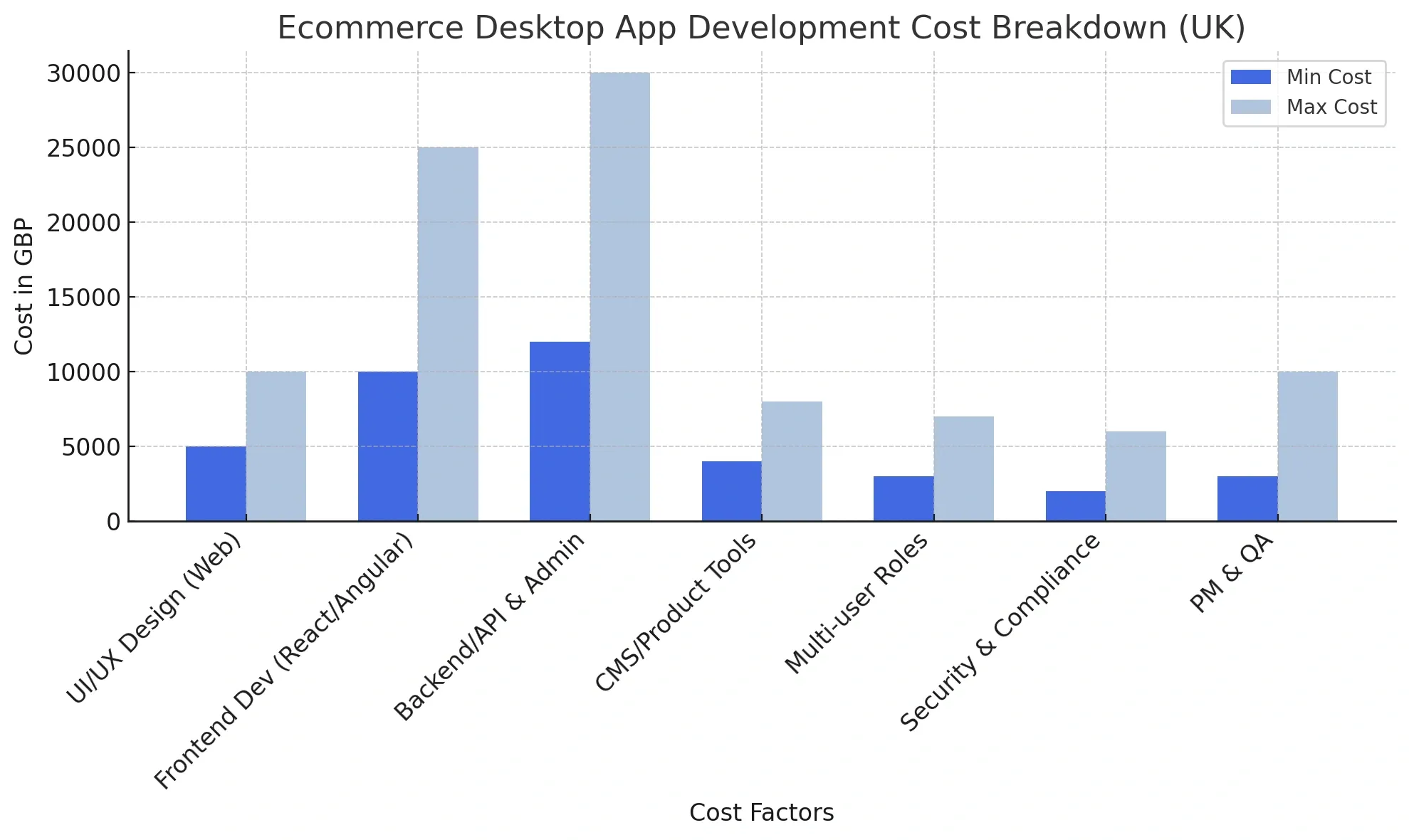
Breakdown of Ecommerce App Development Costs for UK
1. App Complexity
The more features your ecommerce app has, the more expensive it becomes to build. A basic app that lists products, allows checkout, and sends order confirmations can be developed at a lower cost. But if you want features like multiple user roles, coupon engines, or detailed analytics, your team needs more time to design, code, and test everything.
- Impact on cost: Adding more features increases both the time and effort required, which directly raises the total development cost.
2. Platform Choice
If you build your app for a single platform like Android or iOS, the cost stays lower. But if you want your app to work across Android, iOS, and desktop, your development team will have to design, code, and test for each platform separately. This requires more people, more time, and more testing tools.
- Impact on cost: Developing for multiple platforms increases the overall cost because each version of the app needs separate design and development work.
3. UI/UX Design
Your app's design plays a big role in how easy it is for users to shop and navigate. A basic design using pre-made templates costs less to create. But if you want custom layouts, brand-specific colors, interactive elements, or animations, your design and development teams will spend more hours bringing that to life.
- Impact on cost: Custom designs raise the cost because they require more detailed work from both designers and developers.
4. Third-Party Integrations
Most ecommerce apps need third-party tools like payment gateways (Stripe, Razorpay), shipping APIs, live chat, or email marketing tools. These tools make your app more powerful, but they also take time to set up and test. Some of them come with setup fees or monthly charges.
- Impact on cost: The more third-party tools you integrate, the higher your development and long-term operational costs will be.
5. Backend Development
The backend is the engine that powers your ecommerce app. It manages products, users, orders, payments, and reports. If your app is small and simple, the backend is easy to build. But if you need complex workflows, admin roles, seller dashboards, or real-time inventory sync, the backend becomes much more advanced.
- Impact on cost: A more powerful backend increases the development cost because it involves more logic, more database planning, and more testing.
6. Developer Location
Where your developers are located has a major effect on your project budget. UK-based developers usually charge £60 to £100 per hour. Developers in countries like India or Ukraine may charge £15 to £40 per hour. The quality may be similar, but the rates vary due to the local cost of living.
- Impact on cost: Hiring UK-based teams increases your development cost due to higher hourly rates compared to offshore teams.
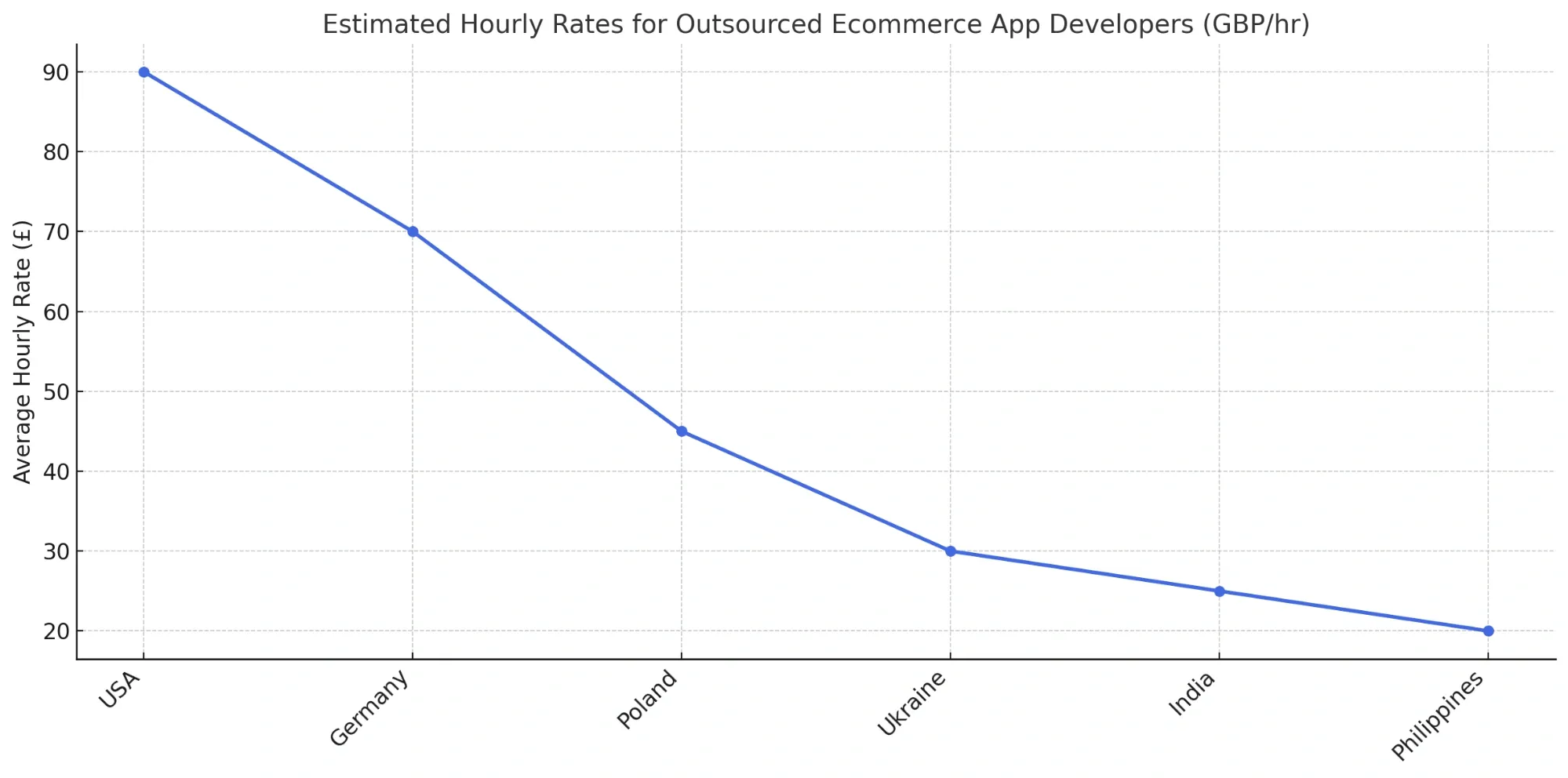
The graph shows estimated average hourly rates for outsourcing ecommerce app developers by country, based on assumed industry averages.
7. Testing & Quality Assurance
Before launching, your app must be tested on different devices and browsers to make sure everything works smoothly. Apps that run on Android, iOS, and desktop need to be tested across multiple screen sizes and operating systems. The more features and platforms your app supports, the more time your team needs to test it properly.
- Impact on cost: A larger, multi-platform app takes more time to test, which adds to your total development cost.
8. Post-Launch Maintenance
Even after your app is live, it needs regular care. This includes fixing bugs, updating features, adapting to new operating systems, and improving performance. Maintenance is not optional if you want your app to remain stable, secure, and user-friendly.
- Impact on cost: Post-launch updates and support bring recurring costs, which usually add up to 15–25% of your initial development cost every year.
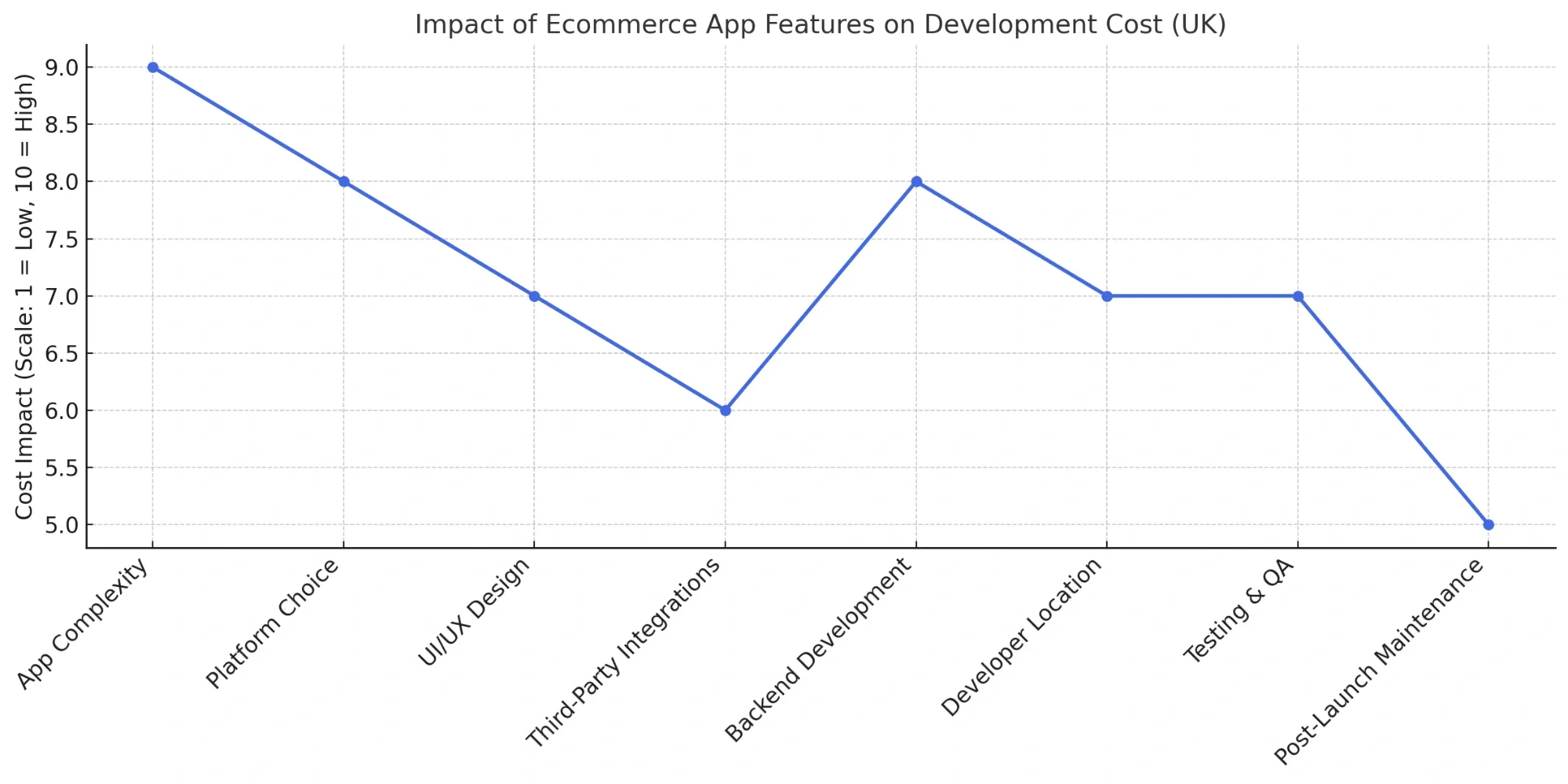
This graph visually represents estimated cost impact levels of common ecommerce app features based on industry patterns.
What are the must-have features of an ecommerce app?
You can include multiple features when building an ecommerce app. Below, we’ve listed a few features of the Amazon app to help readers understand what works well in real-world applications.
1. Easy Login and Signup
The Amazon app makes it simple to log in or create an account. You can sign in using your email or mobile number. If you're a returning user, the app remembers your details and lets you log in with one tap.
We already have an account on Amazon.
The image below shows that we are accessing the account using the saved email address and password.
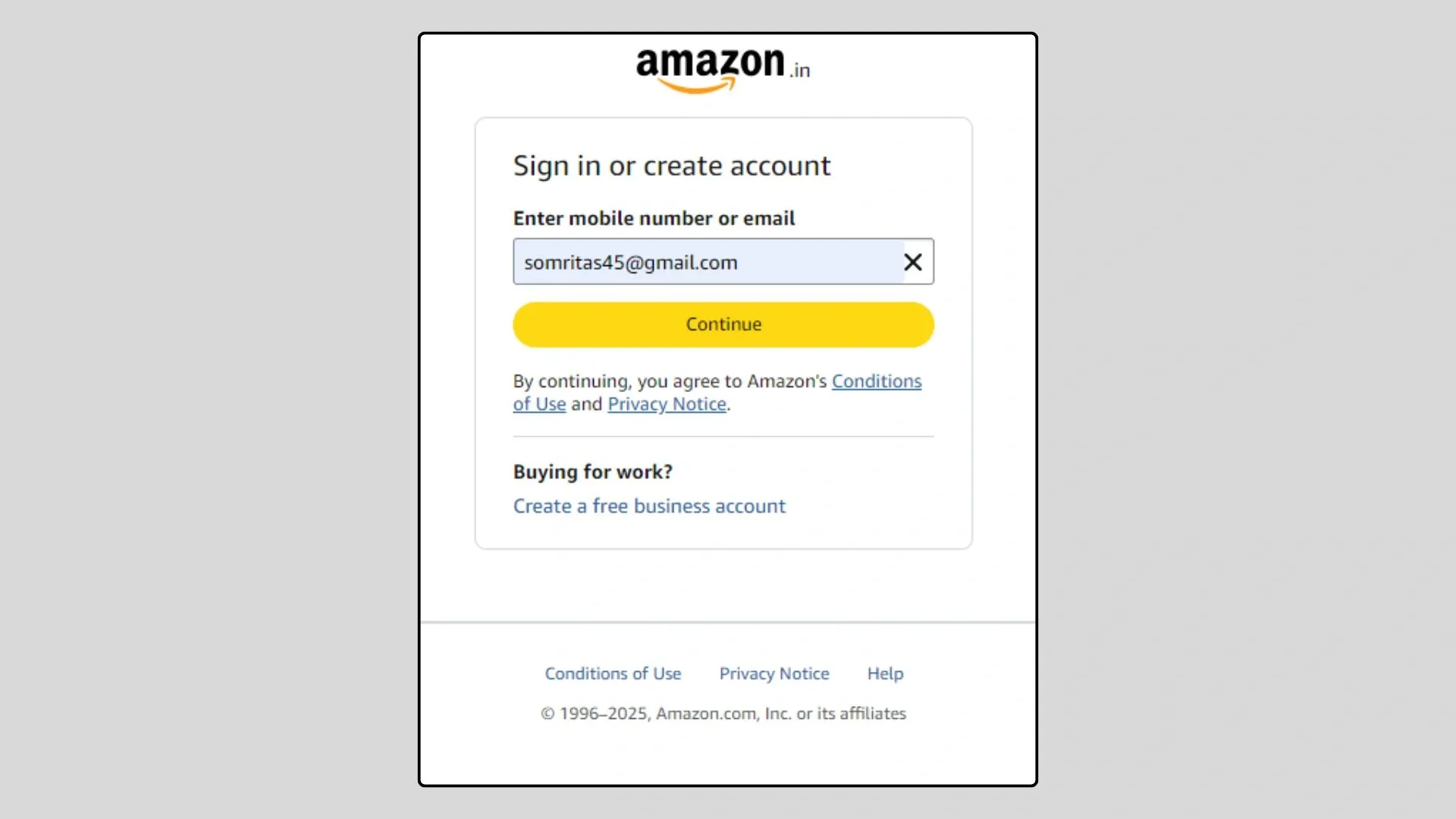
This feature saves time and helps users get started quickly. A smooth login process encourages users to come back and shop more often.
2. Powerful Search and Smart Filters
Amazon’s search bar helps users find products quickly. It shows suggestions as you type and lets you filter results by price, brand, ratings, and delivery speed. You can also sort items by relevance, popularity, or price. These filters help users narrow down choices without scrolling endlessly.
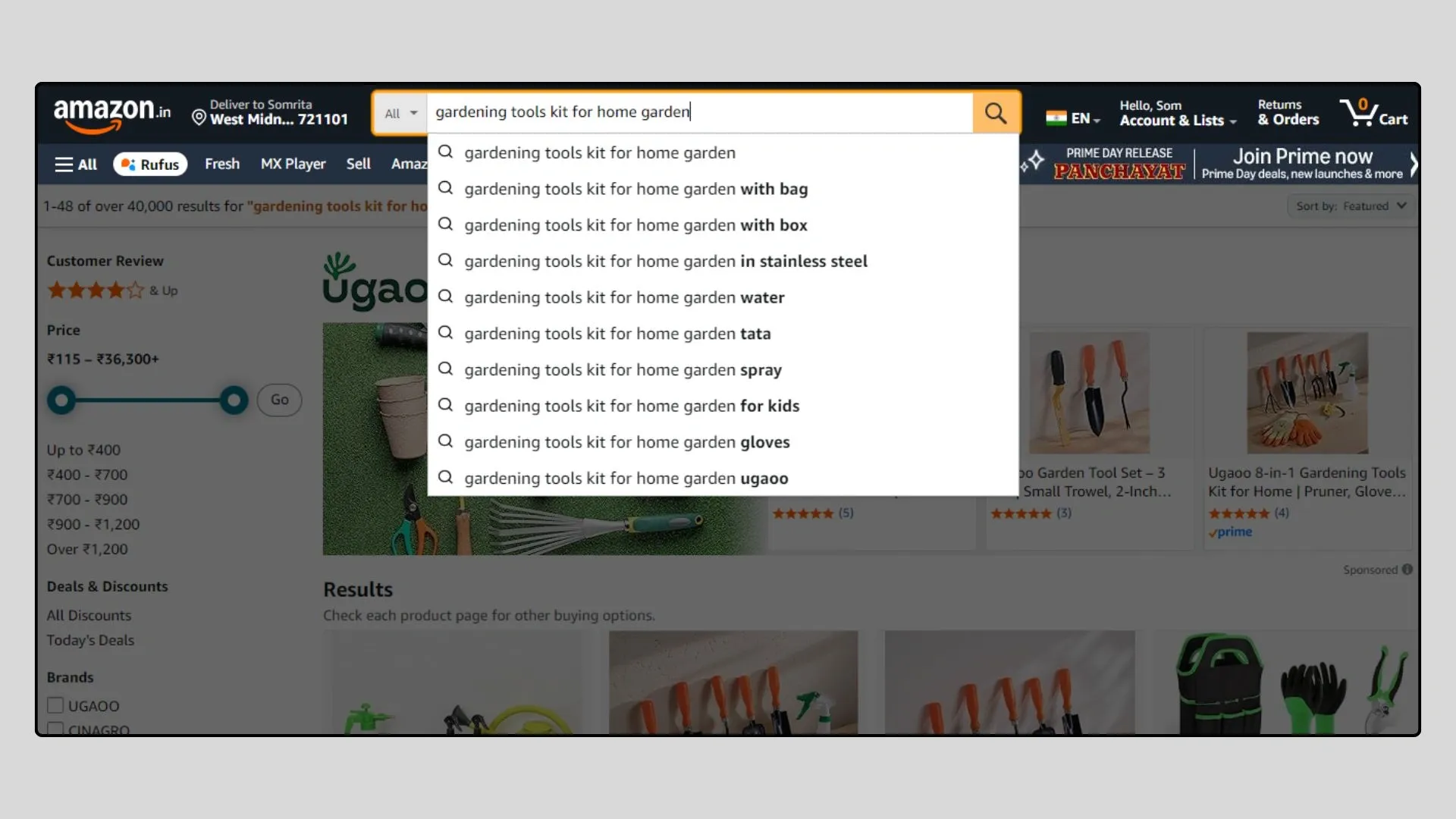
This image shows we are searching for “gardening tools kit for home garden”. Here you will find multiple suggestions related to what you type. You can also choose different filters on the right hand column.
3. Add to Cart and One-Tap Checkout
The app lets users add multiple items to the cart and view everything in one place.
In the image below, we show you a shopping cart with multiple items added.
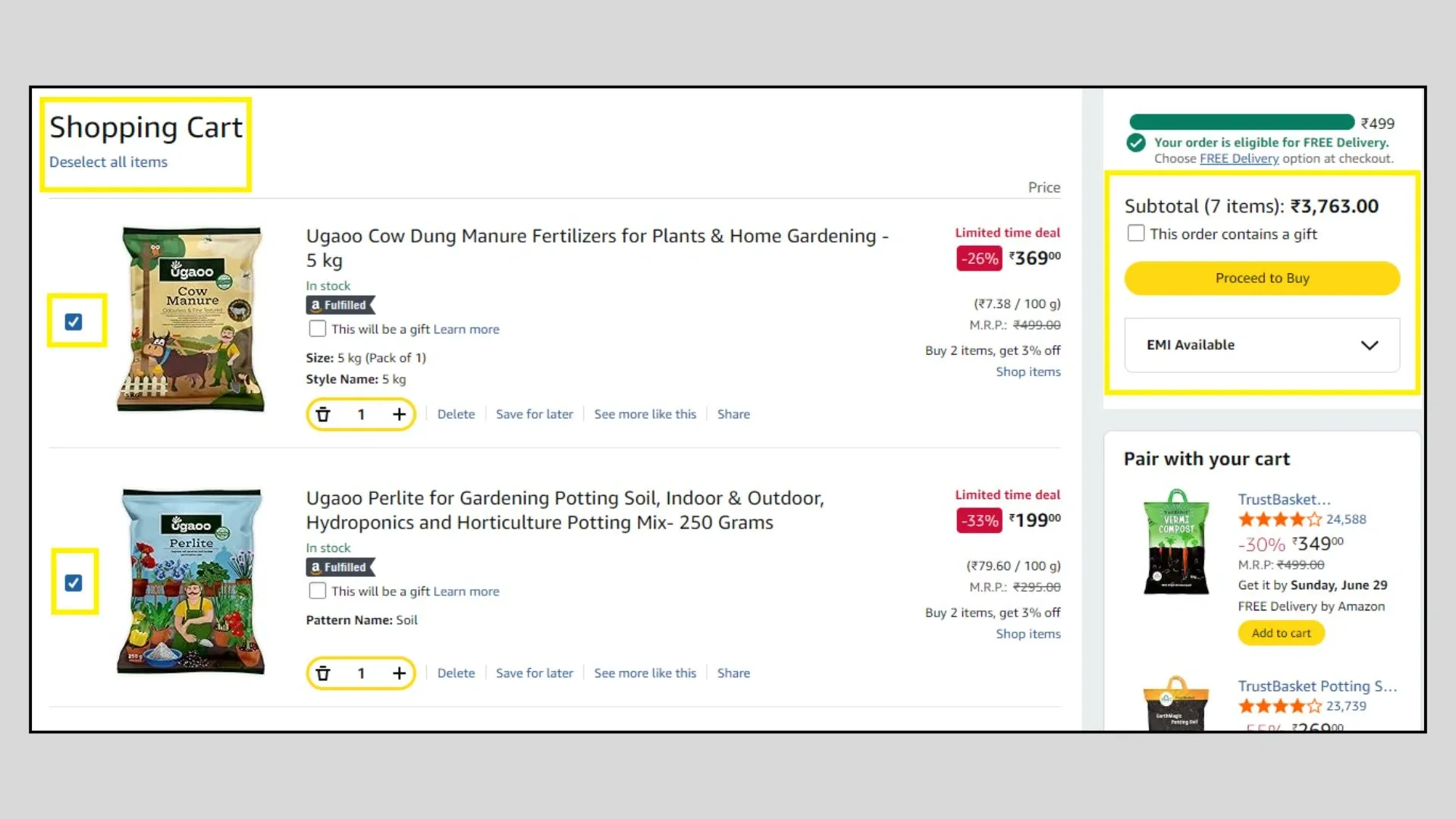
If you're in a hurry, you can skip the cart and use the “Buy Now” button to complete your order instantly. This saves time and increases conversions by making checkout fast and easy.
We show you the process of buying an item immediately we found interesting.
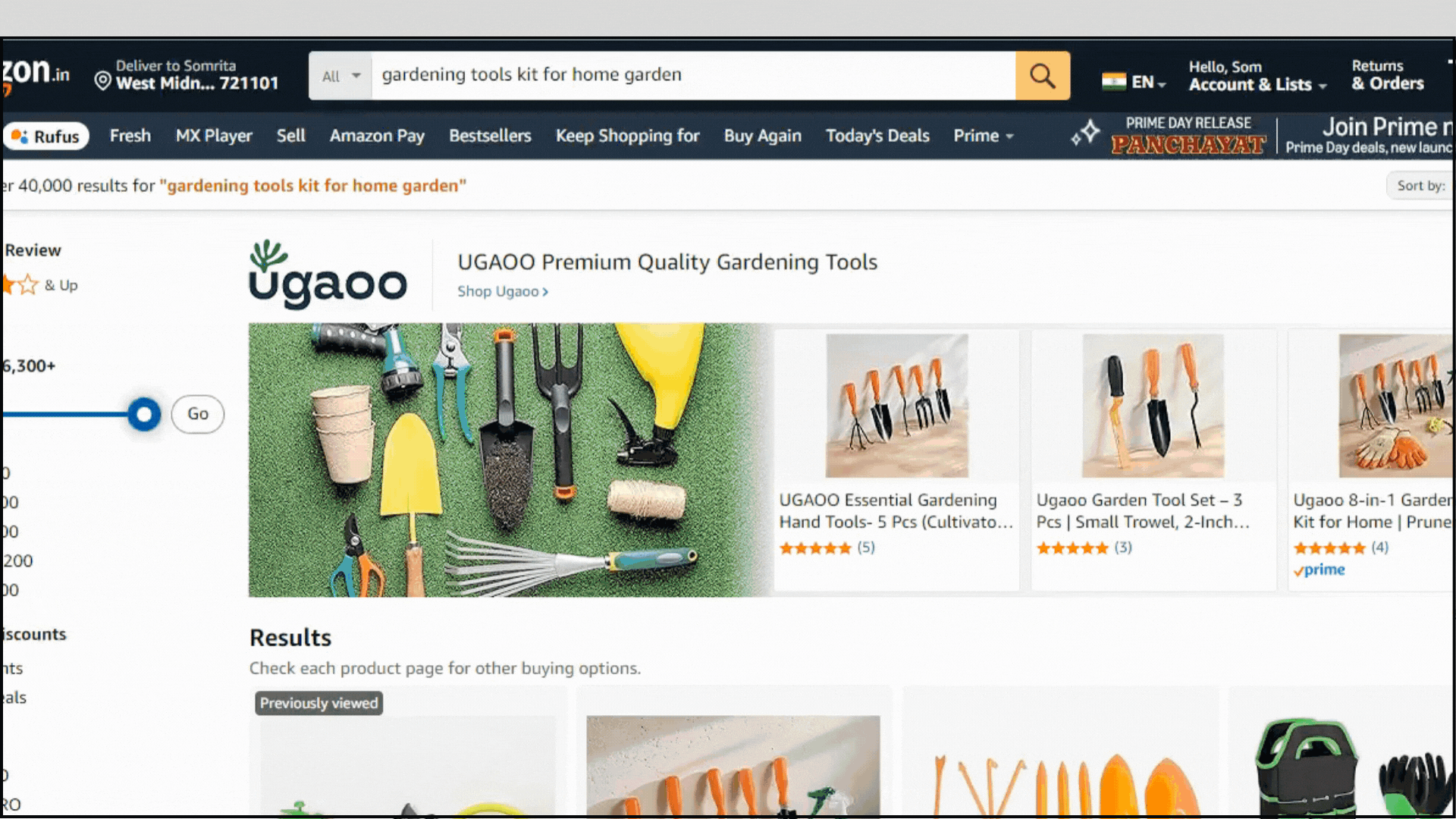
4. Secure and Flexible Payment Options
Amazon supports many payment methods, including debit cards, credit cards, UPI, net banking, and Amazon Pay. You can also choose cash on delivery. Saved cards are encrypted and protected, making repeat purchases quicker and safer.
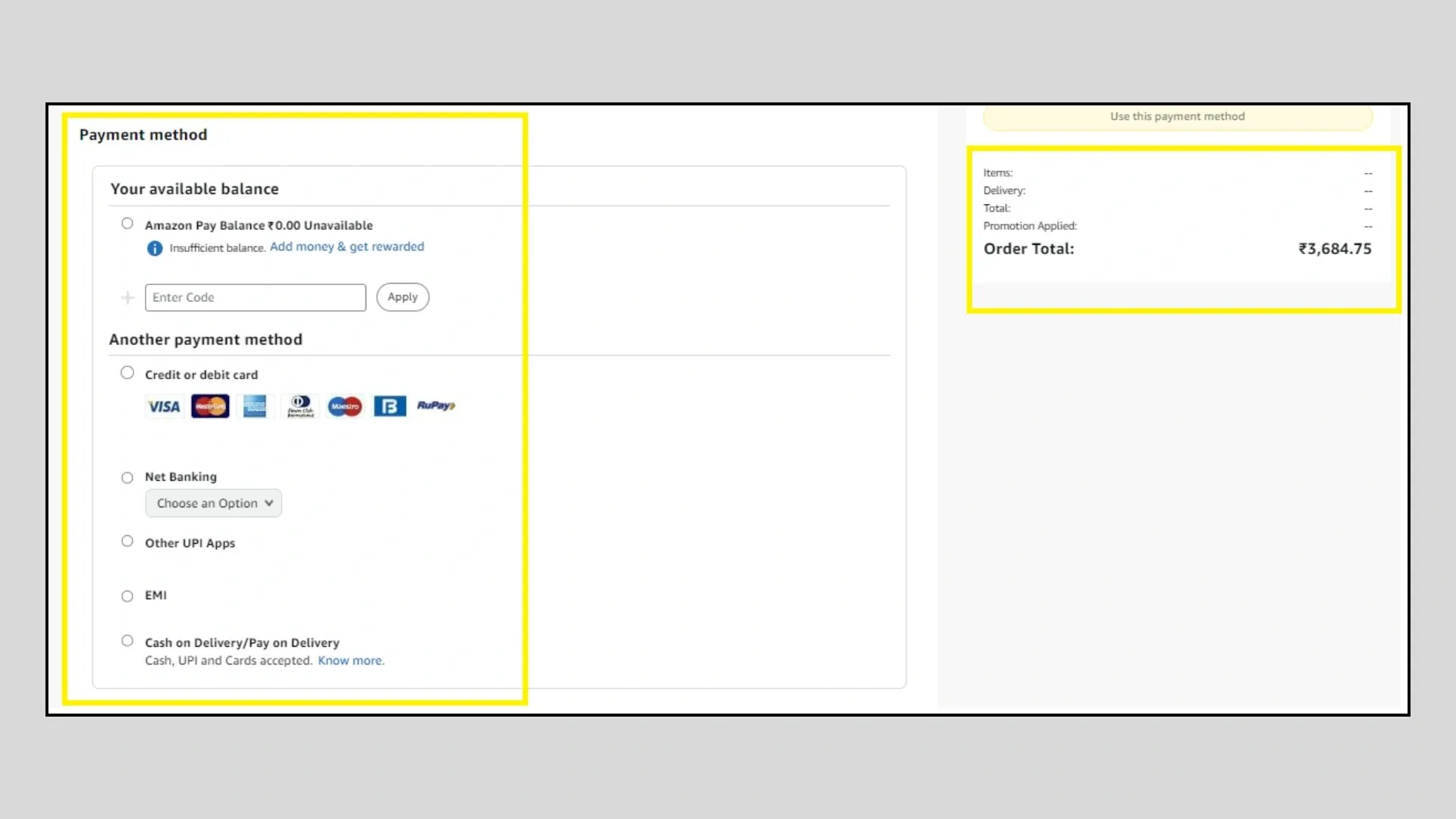
This image shows the list of payment methods available on Amazon. You can choose either of them to pay the order amount mentioned on the left side of the page.
5. Real-Time Order Tracking
Once an order is placed, users can track their package at every step, from dispatch to delivery. Amazon shows a delivery timeline and sends notifications as the order moves. This builds trust and keeps the user informed. You will receive order updates at your selected email address.
We received this email indicating the status of the order on our email address.
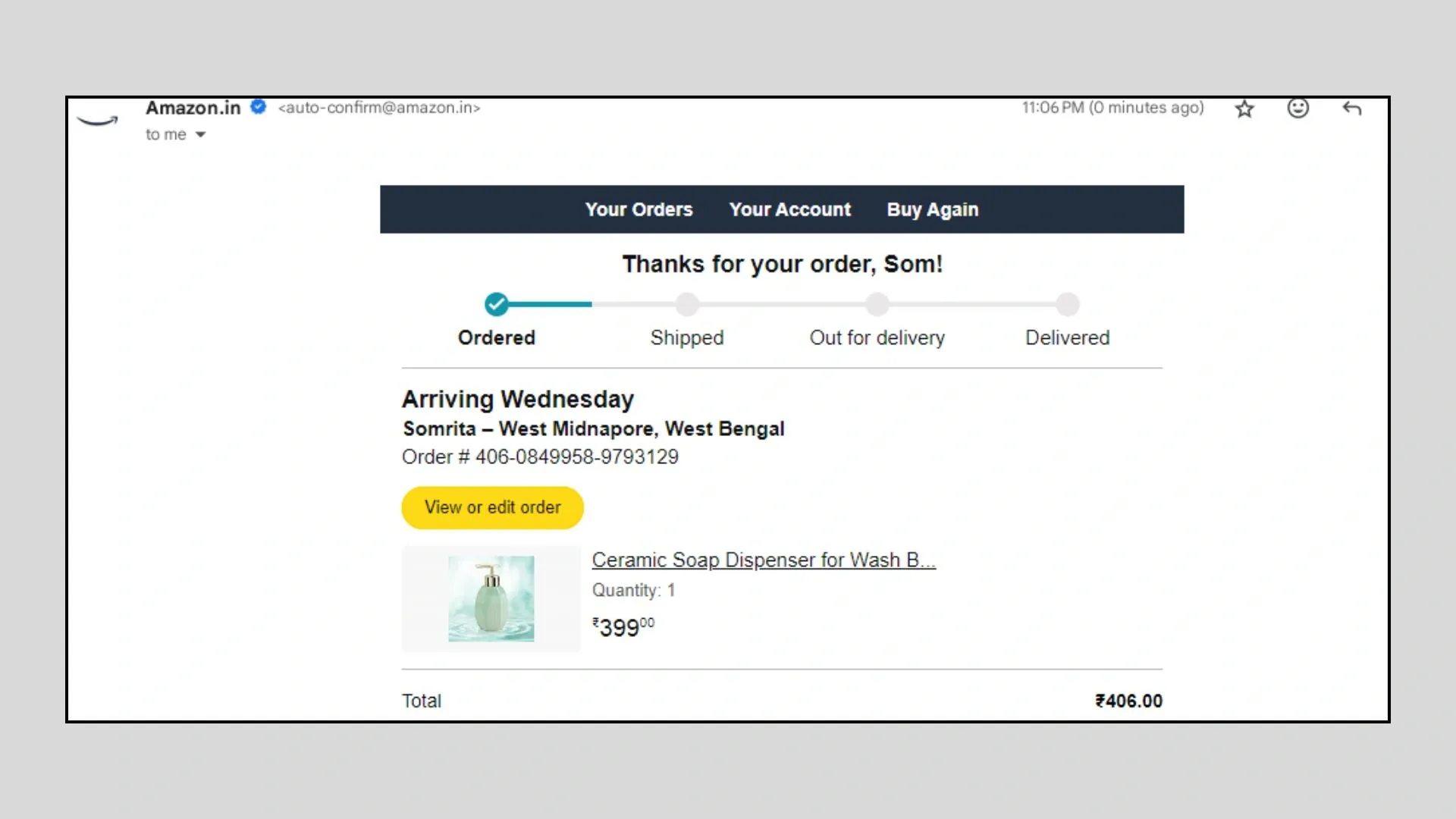
6. Alerts and Notifications
Ecommerce apps like Amazon use real-time alerts to keep users informed and engaged. Push notifications update users about order status, new deals, restocks, and promotions, which helps in user retention and repeat purchases. Users can customize their preferences and receive alerts via SMS, app notifications, or email.
For example, after canceling an order, Amazon immediately sent a confirmation email, keeping the user informed without needing to check the app.
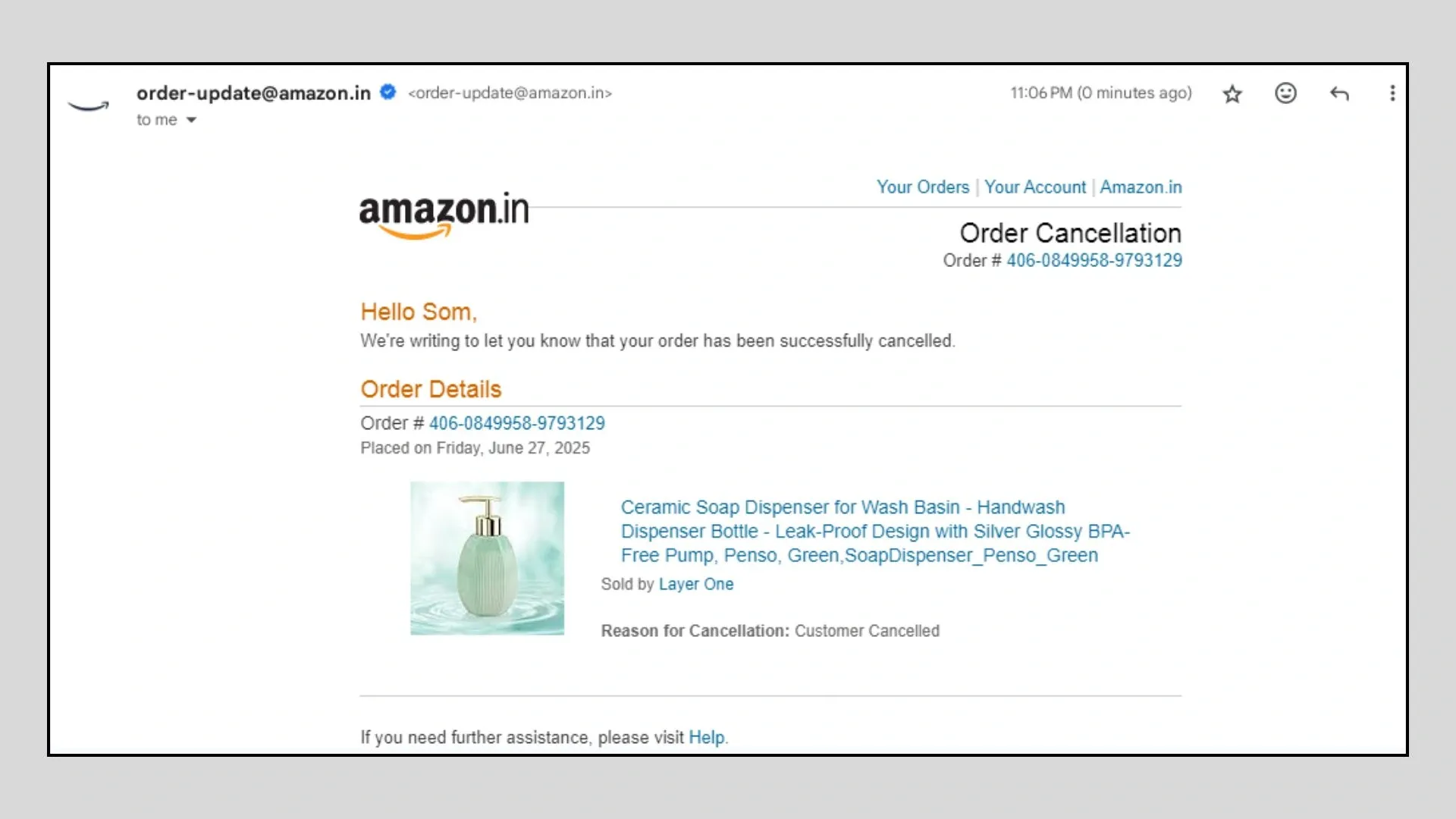
7. Wishlist and Save for Later
Ecommerce apps like Amazon allow users to save products to a wishlist when they are not ready to purchase. Users can also move items from the cart to a Save for Later section. This feature maintains purchase intent and encourages future sales. The app sends alerts when prices drop on saved items, making it easier to decide when to buy.
For example, we added an aloe vera gel to the wishlist to revisit it later without repeating the search.
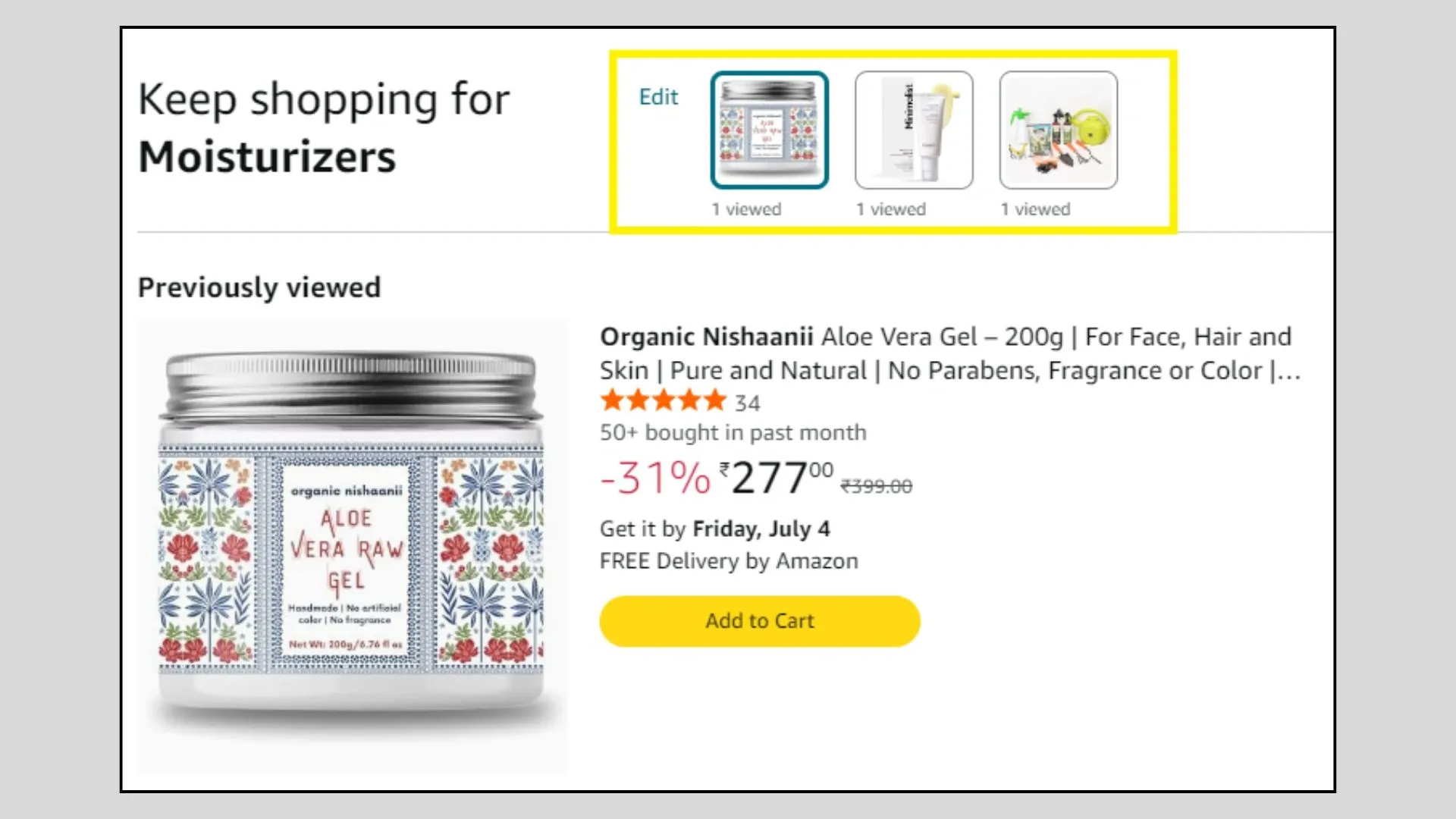
8. Product Ratings and Reviews
Ecommerce apps display product ratings out of five stars along with detailed reviews from real customers. Many reviews include photos and comments about product quality and delivery experience.
Users can filter reviews by keywords or star ratings to find the most relevant feedback.
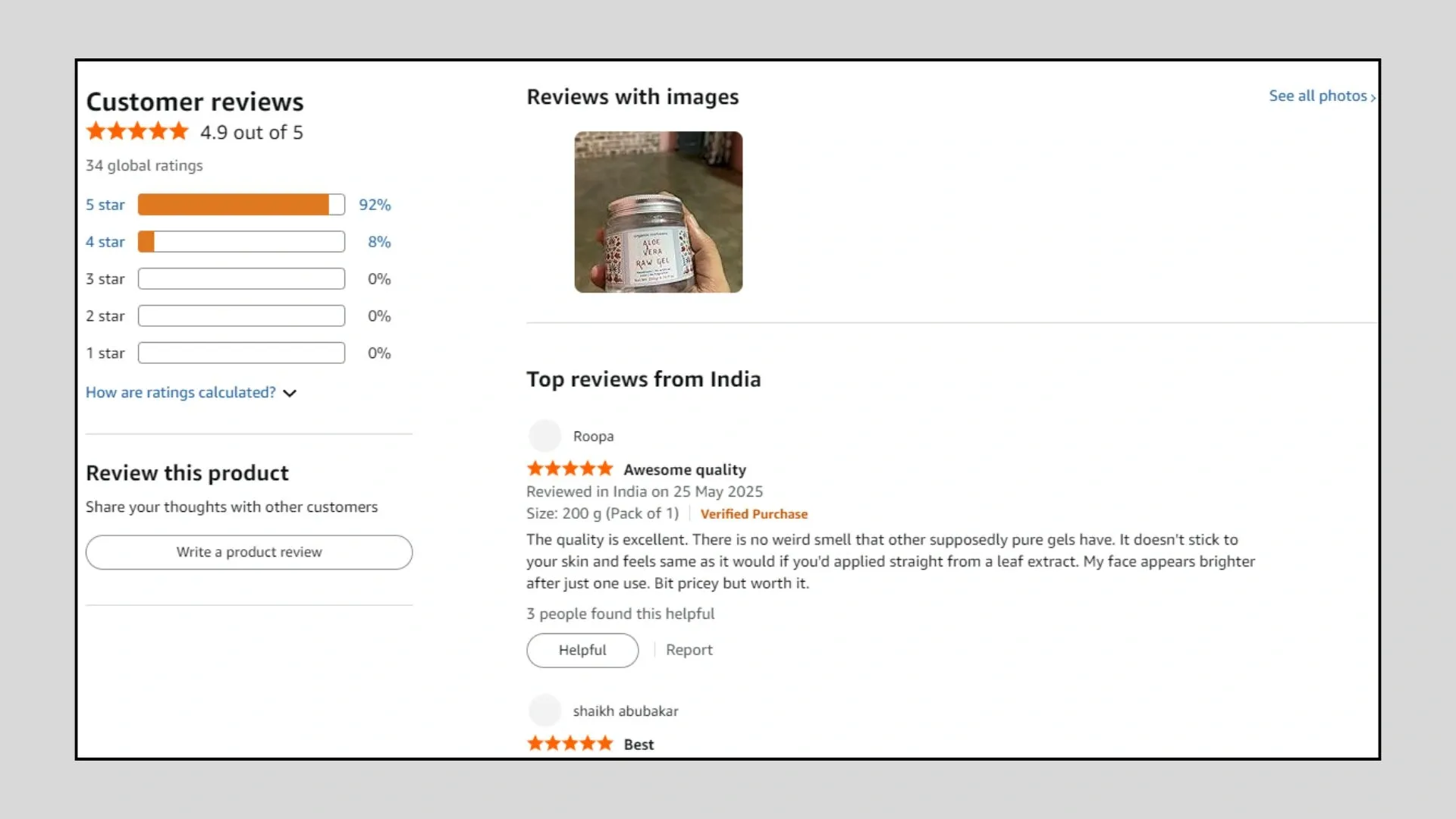
This helps shoppers make informed purchasing decisions based on real user experiences.
9. Easy Returns and Refunds
Amazon makes returns simple. Users can request a return with just a few taps if something is damaged or not as expected. Refunds are processed quickly, and users can track the return status inside the app. This builds user trust and reduces purchase hesitation.
The image below shows the order I cancelled and the refund status.
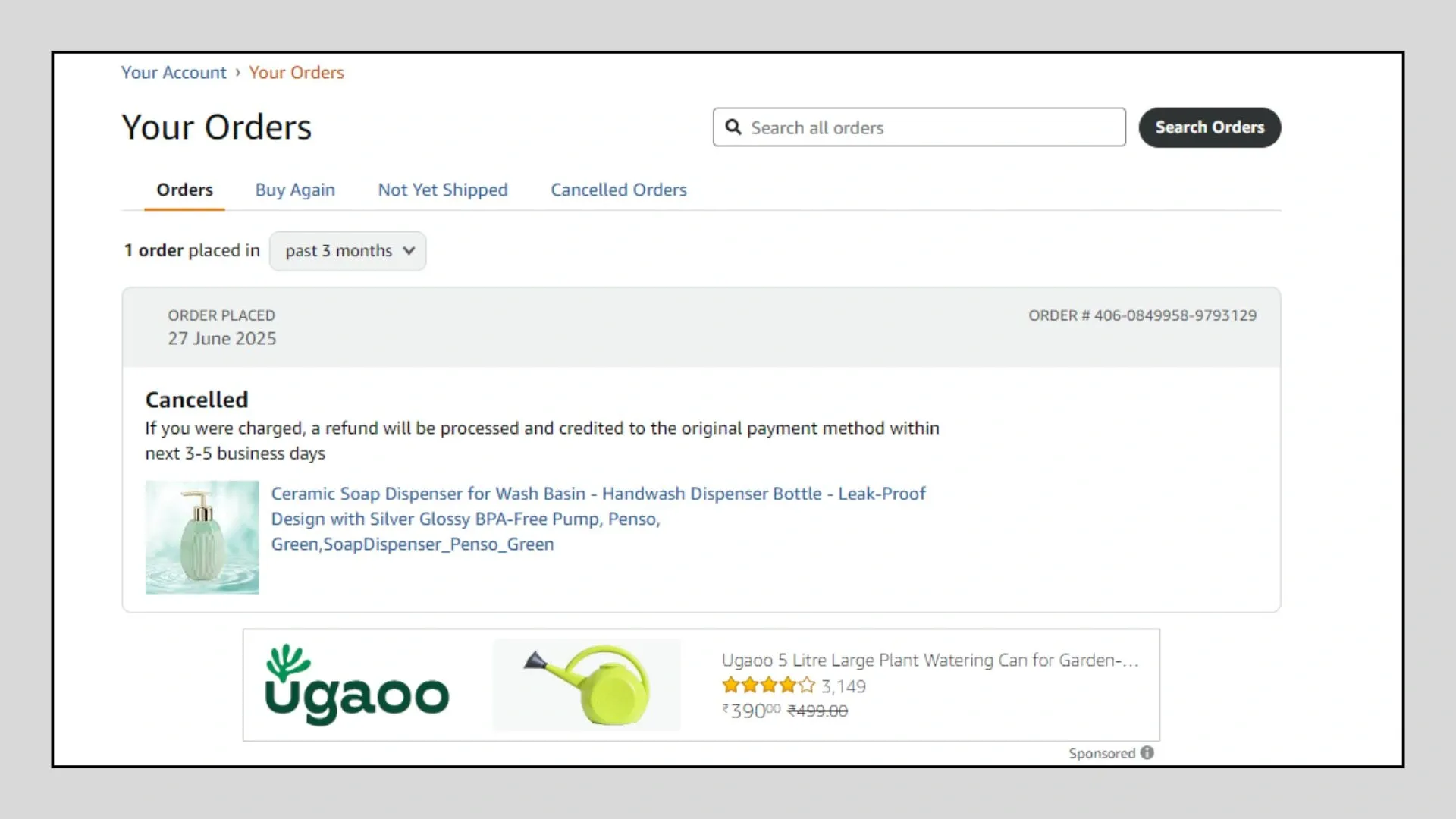
10. Personalized Homepage Experience
By analyzing your browsing, search, and purchase behavior, ecommerce online stores in the UK can customize the homepage to match your interests. Recently viewed items appear under sections like “Pick up where you left off,” while customized product categories, recommendations, and current deals help guide your next purchase.
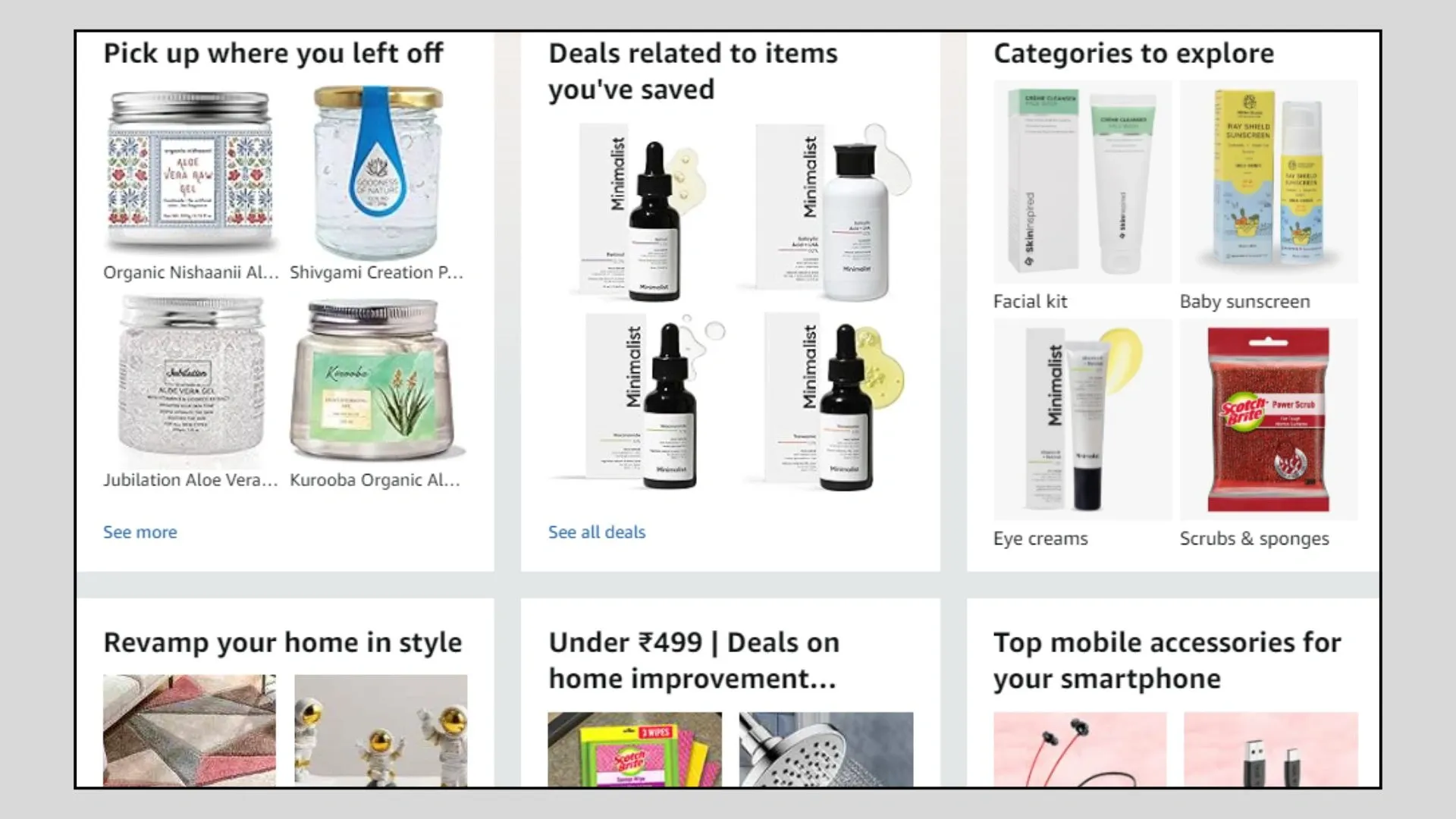
This personalized layout removes friction from the shopping process and brings relevant options to the forefront.
11. Seller Dashboard (for marketplace sellers)
Sellers using the Amazon Seller app can manage their products, prices, and orders directly from their phone. The app shows order updates, performance stats, and lets sellers respond to buyer messages. This is essential for managing large ecommerce marketplaces.
👉 Explore our ecommerce services and solutions for UK:
- Ecommerce UI/UX design services in UK
- eCommerce App Development Company In London, UK
- eCommerce CRO Agency In London
Need a team of experienced app experts in UK to develop your ecommerce app?
We design ecommerce apps that load fast, work smoothly, and help you grow online sales. Our UK mobile app development company helps businesses build and grow ecommerce apps, from product listings and secure checkouts to real-time tracking and long-term maintenance.
We have 450+ mobile solutions delivered, 20M+ users reached, and a 98% client satisfaction rate, which makes brands trust Tenet to get ecommerce app development right.
👉 Contact our experts and get a free proposal to design and develop an ecommerce application in the UK.
FAQs
What is ecommerce app development?
Ecommerce app development is the process of making a mobile or web app that helps businesses sell products online. These apps let users browse items, add them to a cart, pay securely, and track their orders. Developers focus on smooth user experience, secure payments, and managing everything like inventory, orders, and users from one platform.
How much does it cost to build an app like Amazon or OnBuy?
Building a large ecommerce app like Amazon or OnBuy costs between £100,000 and £250,000. These apps include user login, seller support, secure payments, live order tracking, and global delivery features. The cost is high because of backend setup, app performance needs, and ongoing support. Time and team size also increase the total cost.
What is the average ecommerce app development cost in the UK?
In the UK, building a standard ecommerce app usually costs between £25,000 and £100,000. This includes design, development, testing, and launch. The price depends on how many features the app has, which platforms you choose, like Android or iOS, and how much custom work is needed. Basic apps are cheaper, while feature-rich apps with dashboards and analytics cost more.
What’s included in the total development cost?
The total cost of ecommerce app development covers design, frontend and backend development, payment setup, third-party tools, testing, app store upload, project management, and after-launch updates. If you build the app for both Android and iOS, the cost increases. Regular updates, bug fixes, and new features also add to the total.
How long does it take to build an ecommerce app?
It takes about 3 to 9 months to build a full ecommerce app. Simple apps can be finished in 10 to 12 weeks. Advanced apps take longer due to complex backend, payment systems, and testing. The time depends on the number of features, platforms, and how experienced your development team is.
How much do developers charge per hour in 2025?
In 2025, UK developers charge between £50 and £100 per hour to build ecommerce apps. Offshore developers from countries like India or Ukraine charge between £15 and £40 per hour. Rates depend on the developer’s experience, project size, and tech used. Local teams give better collaboration. Offshore teams help save money. Choose based on your goals and budget.
🛒 Launch your ecommerce app with our expert team. Get a free proposal today.
🛒 Launch your ecommerce app with our expert team. Get a free proposal today.

Got an idea on your mind?
We’d love to hear about your brand, your visions, current challenges, even if you’re not sure what your next step is.
Let’s talk




